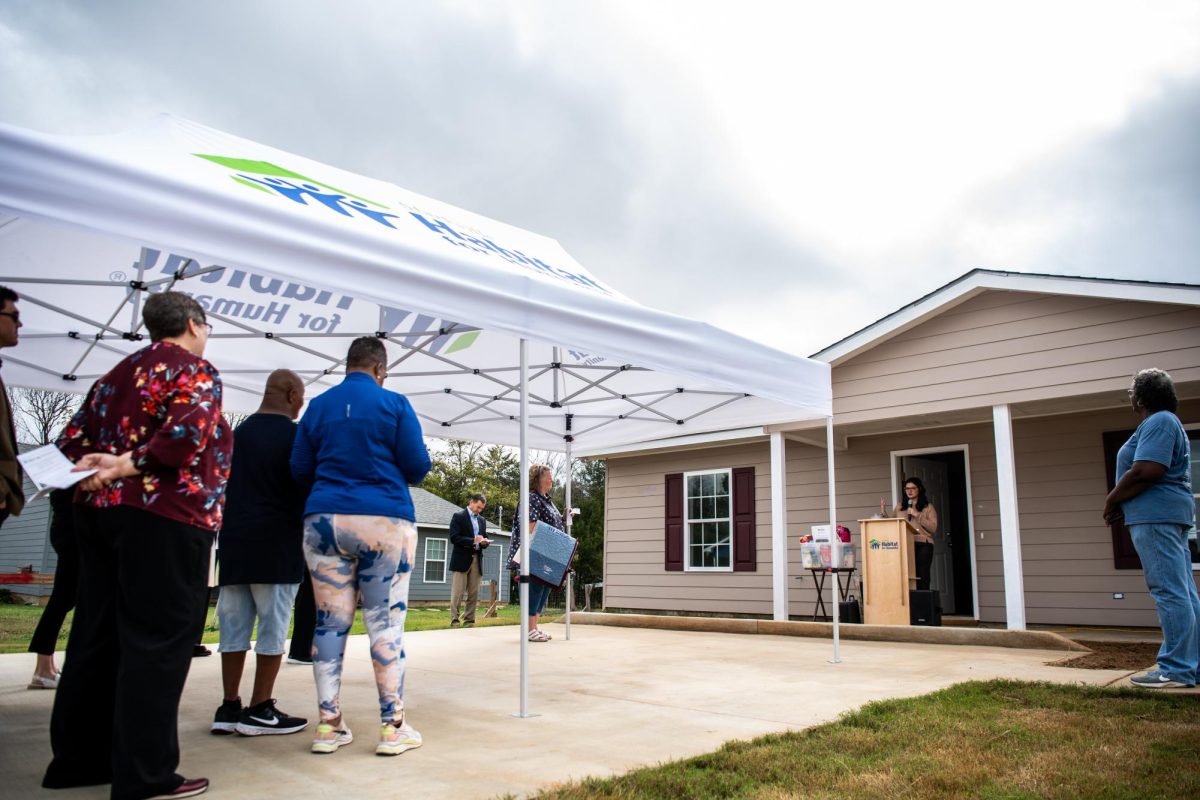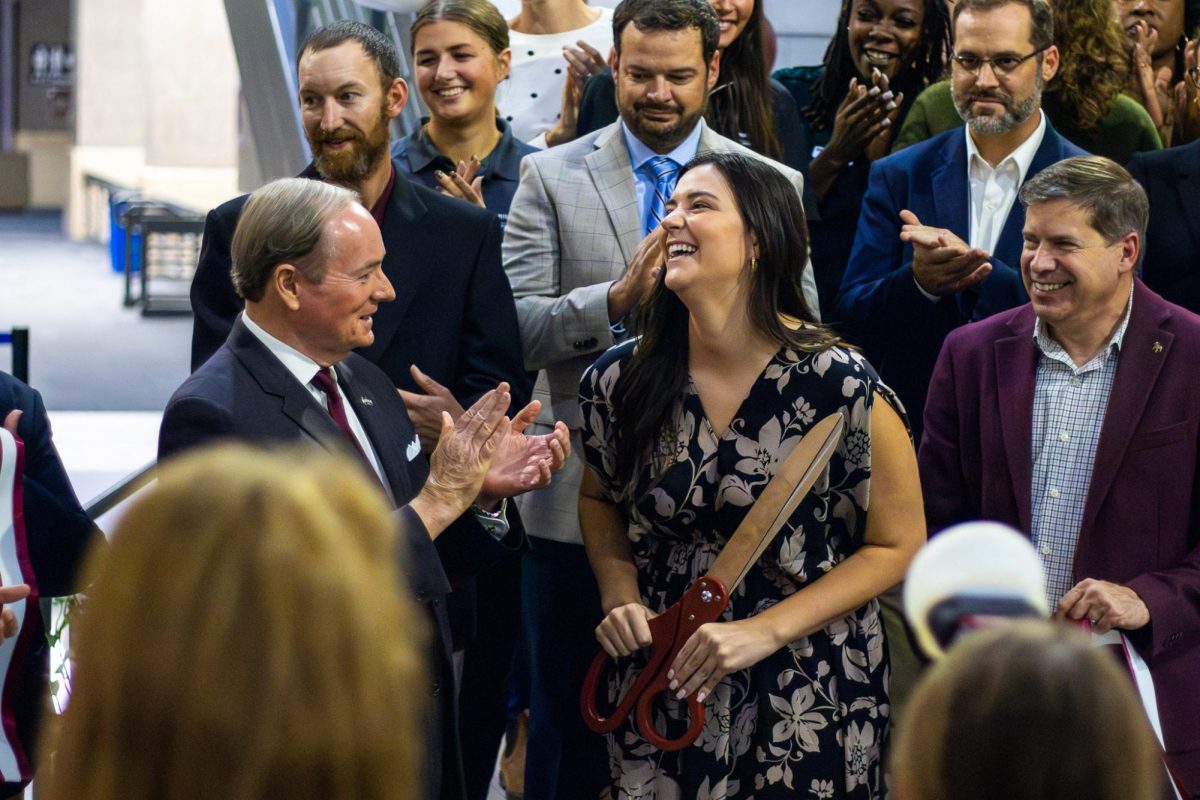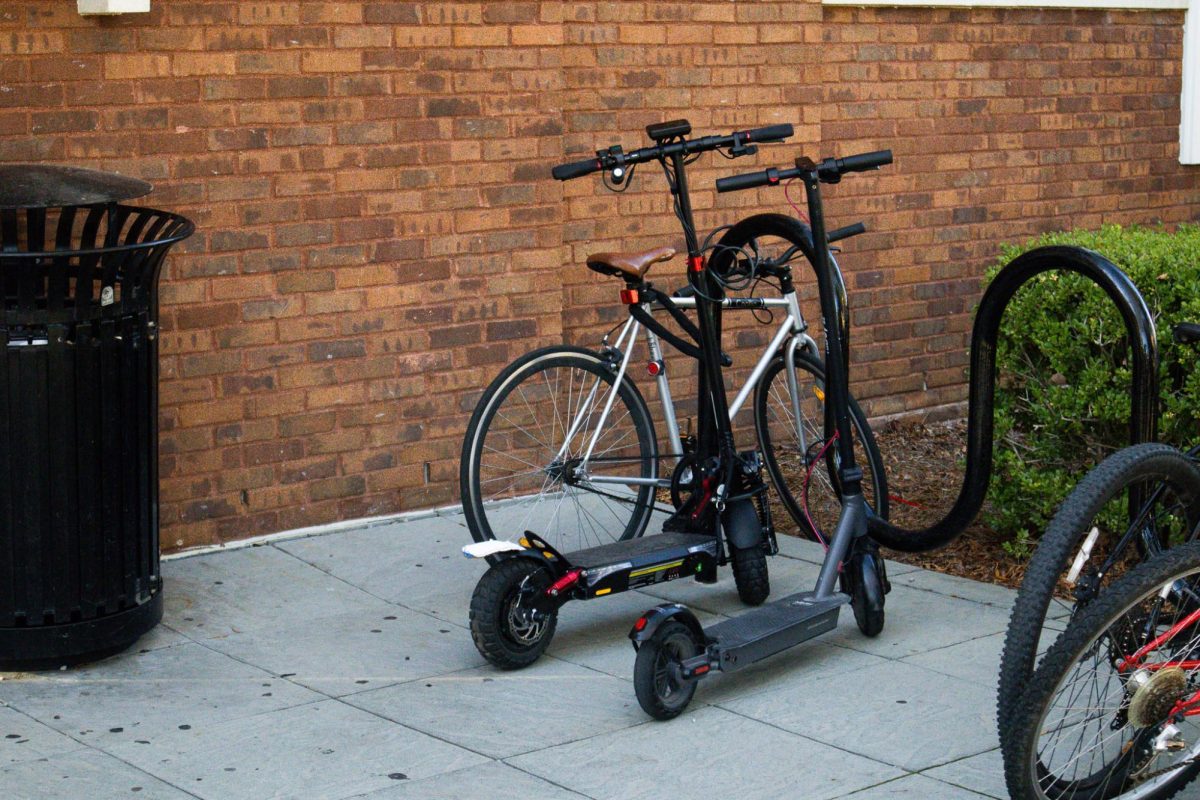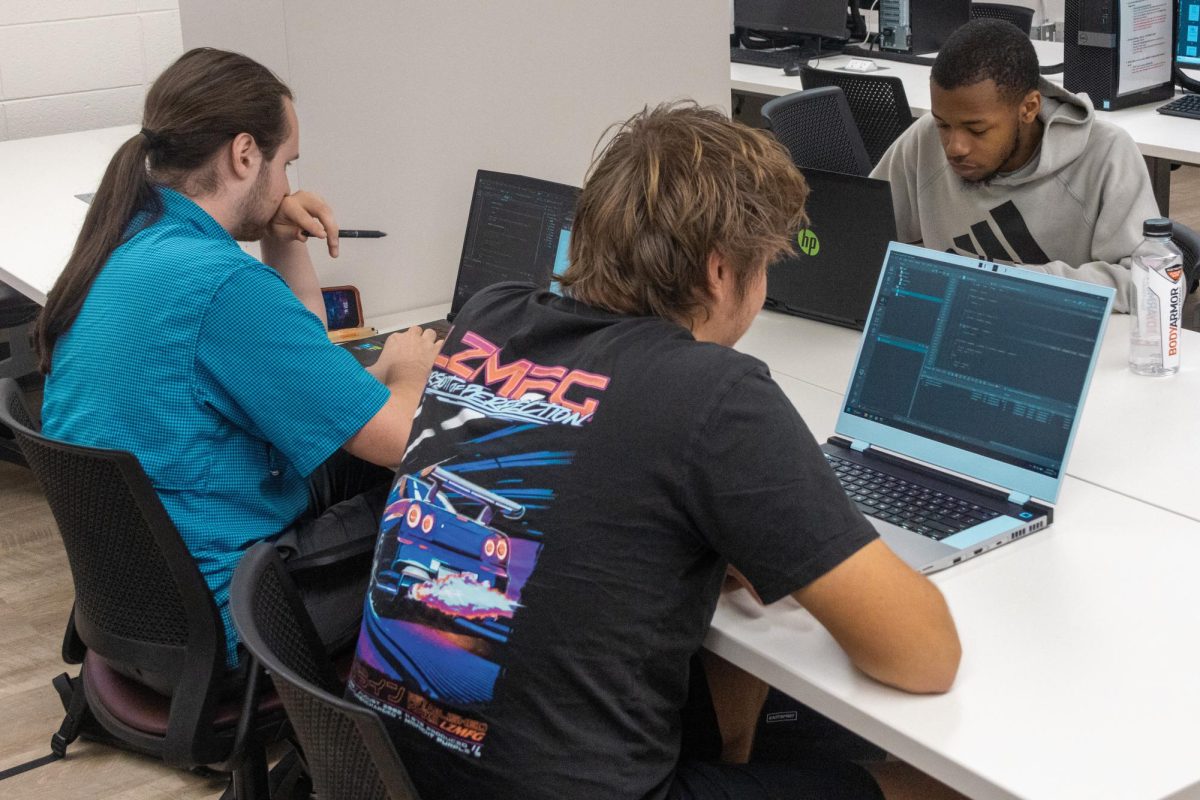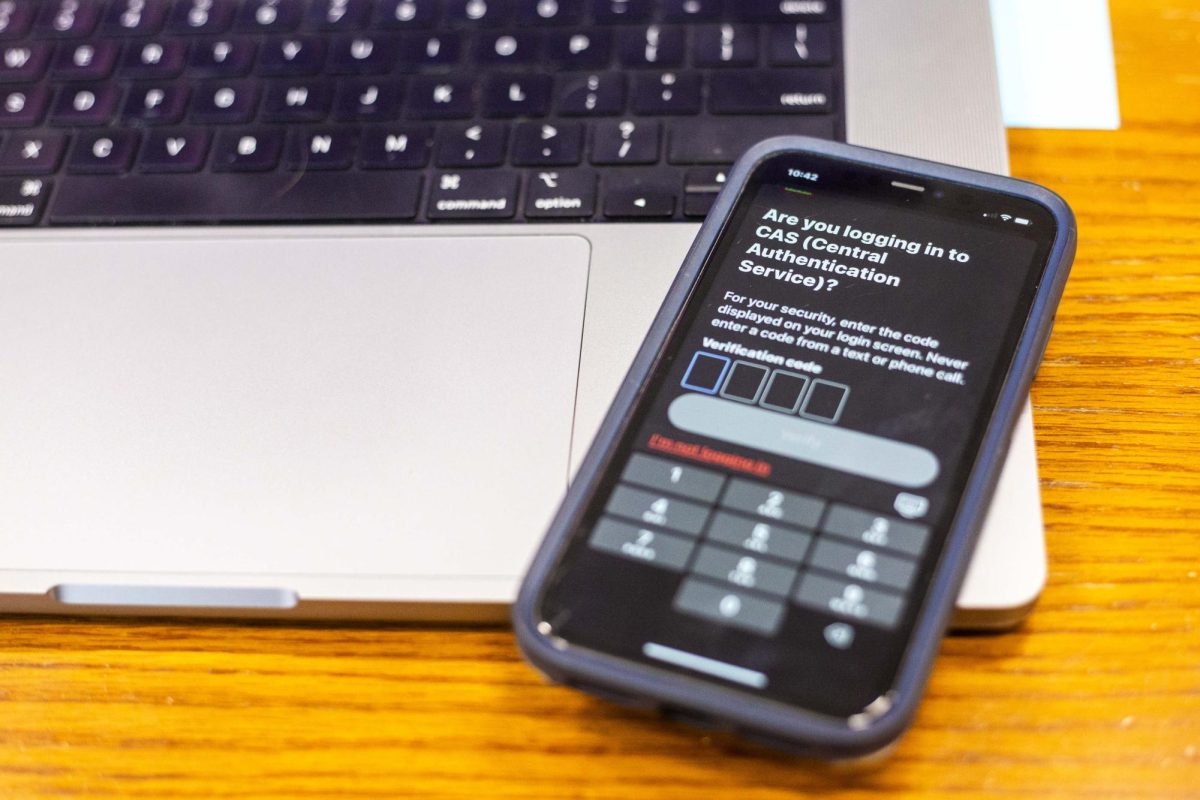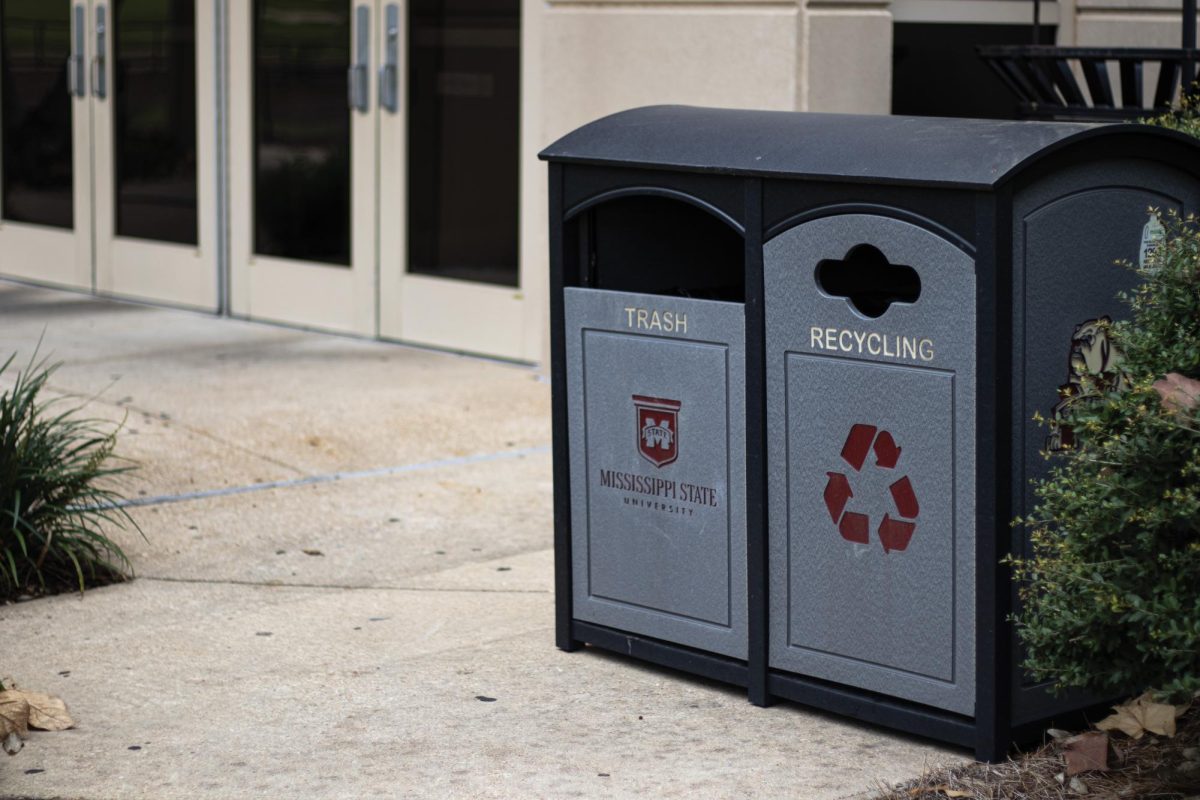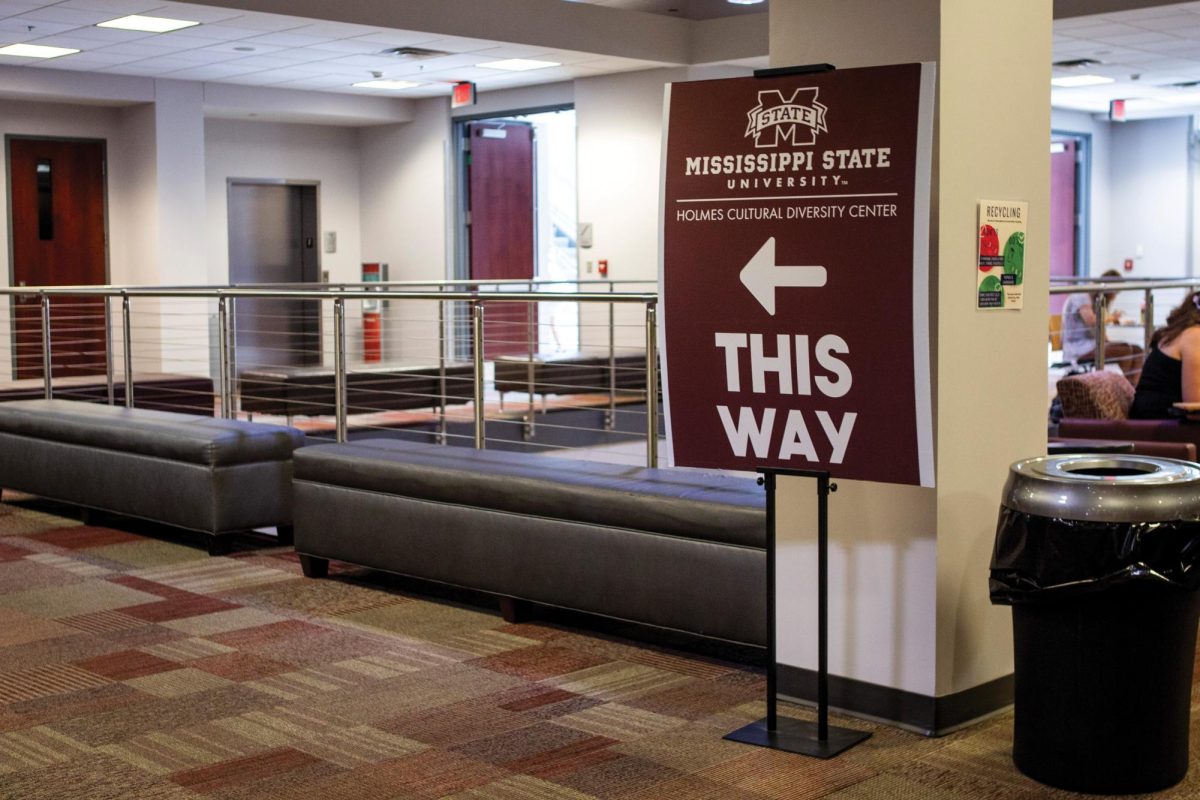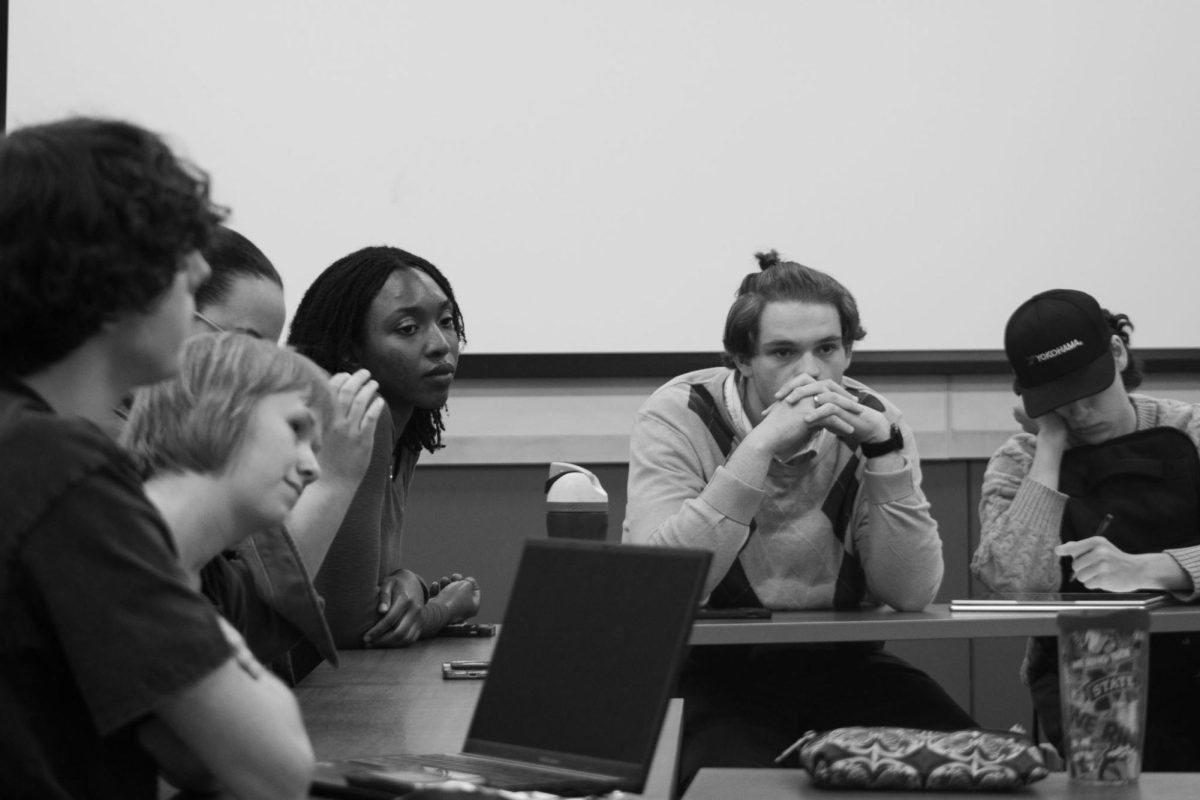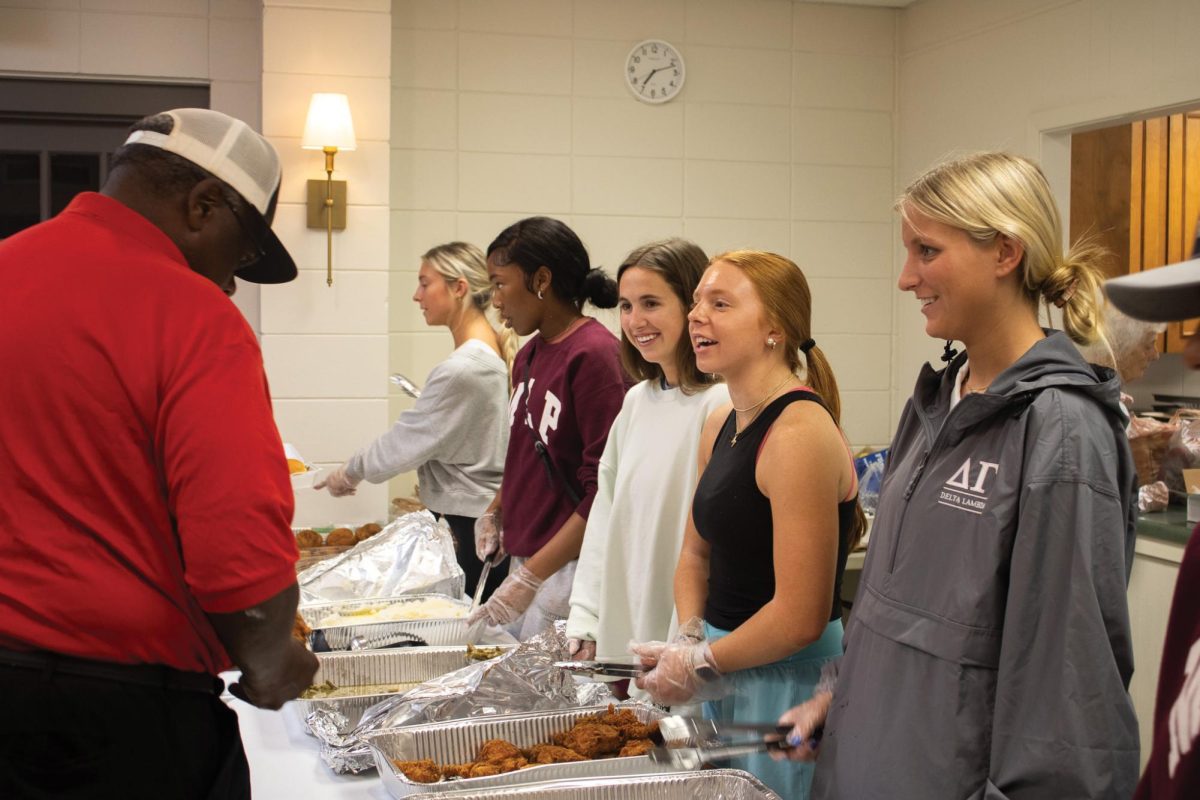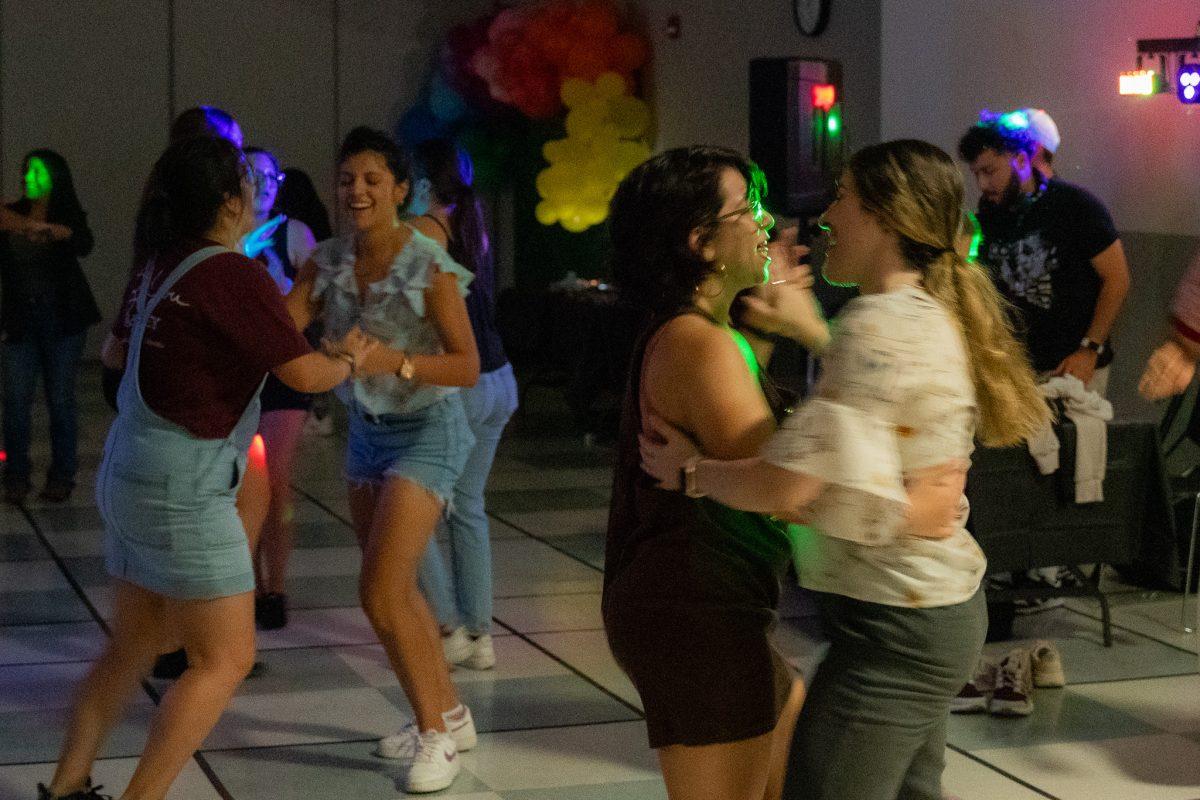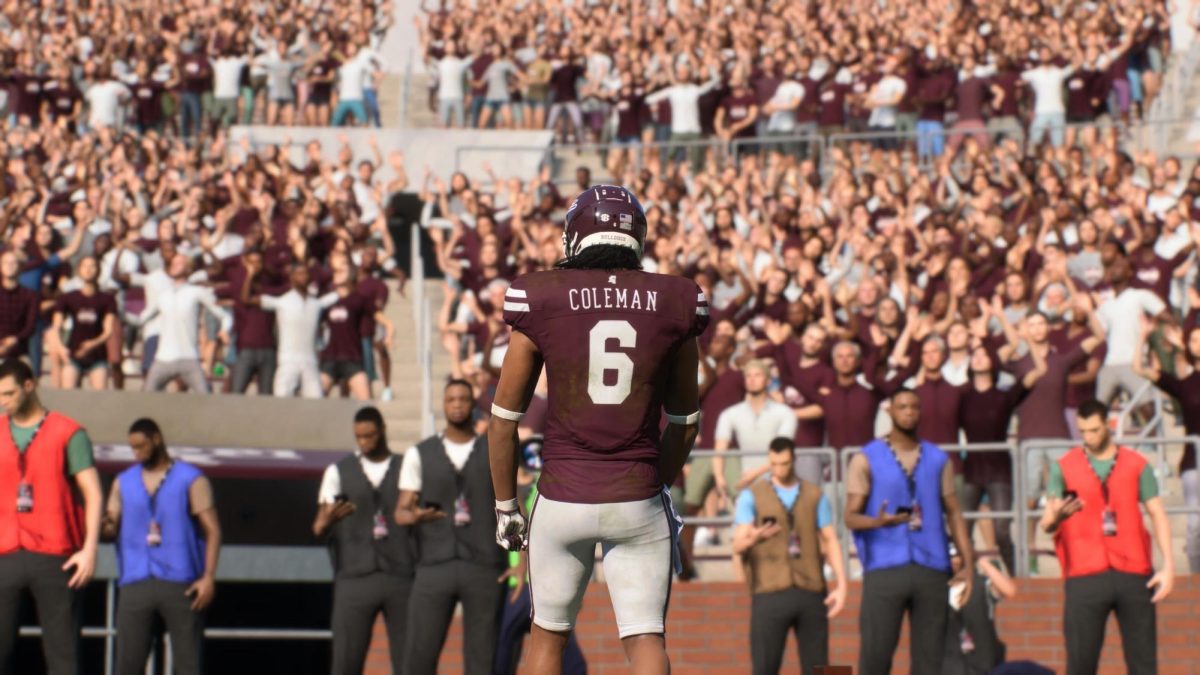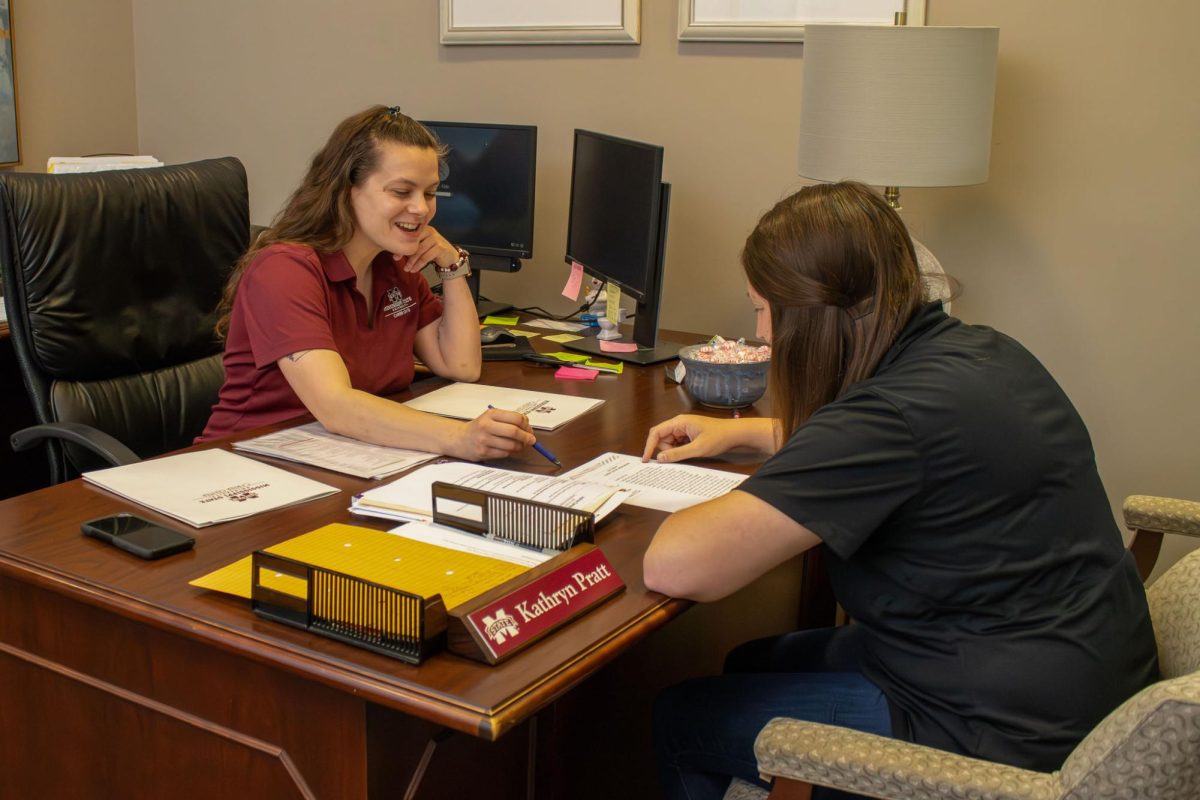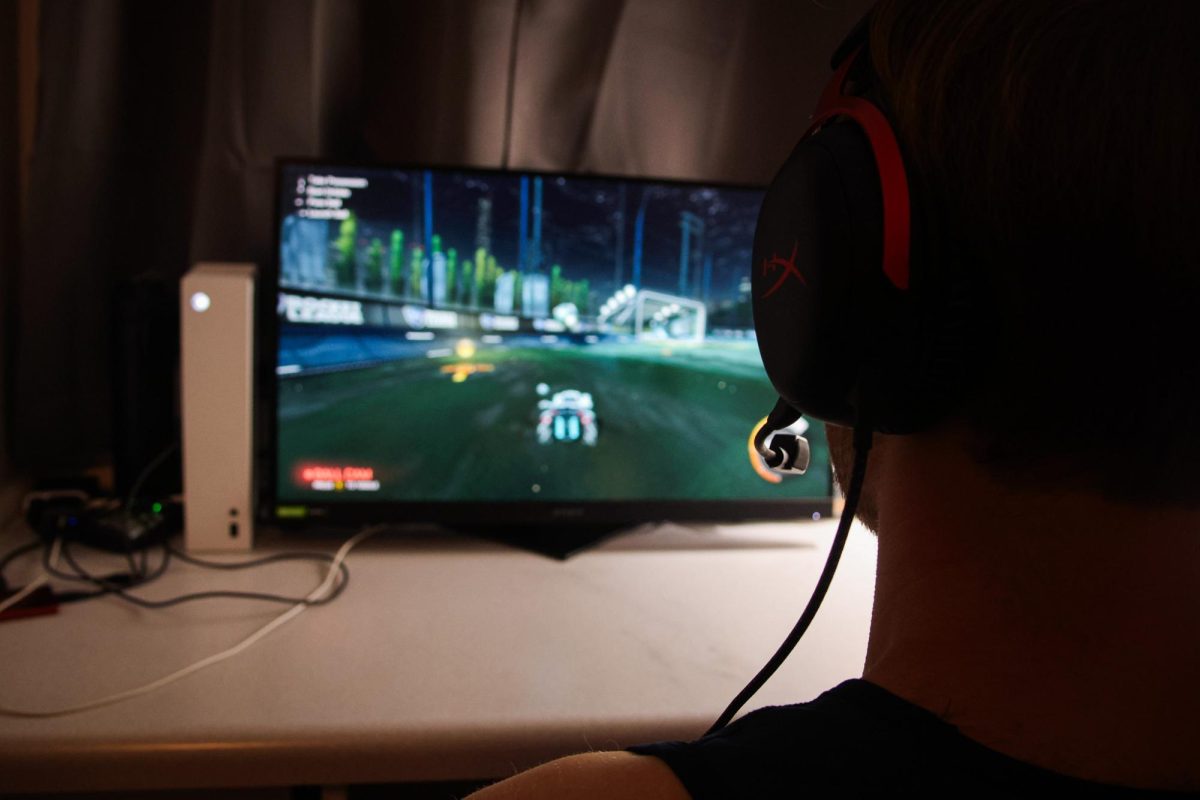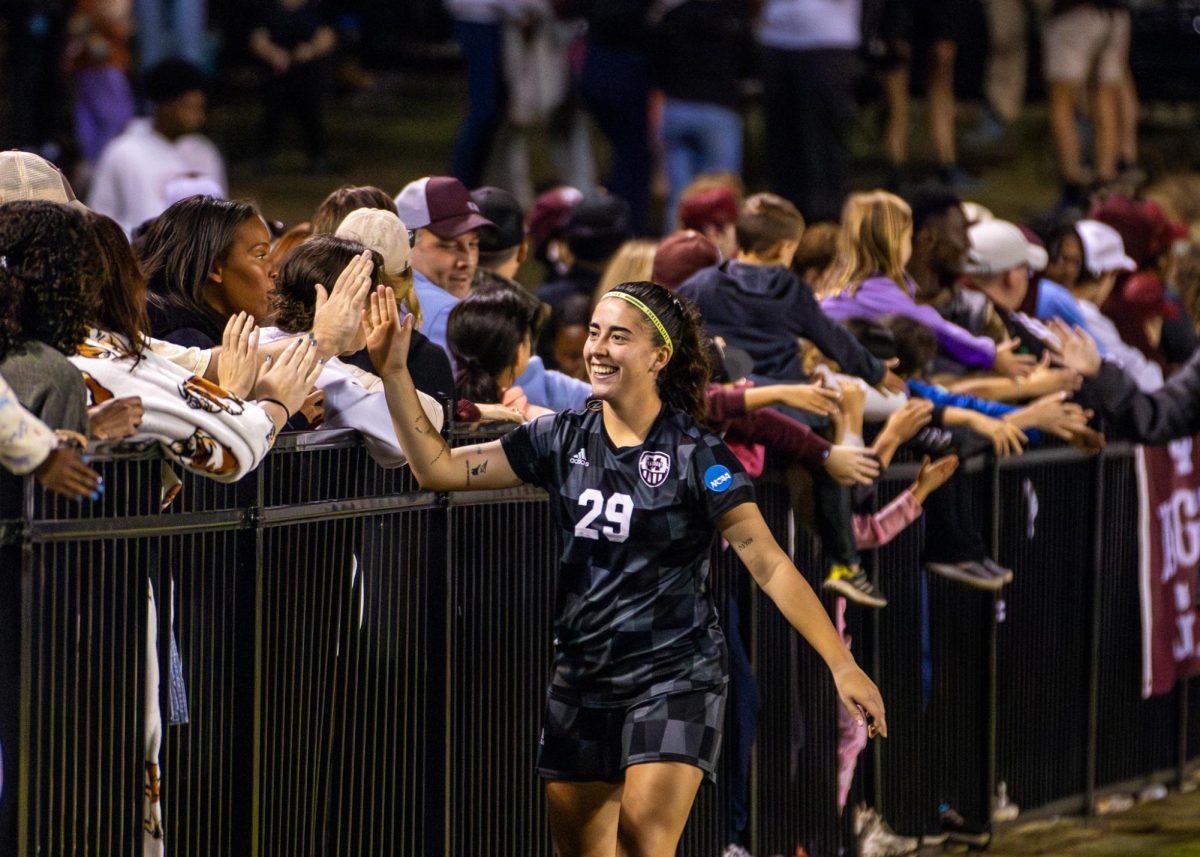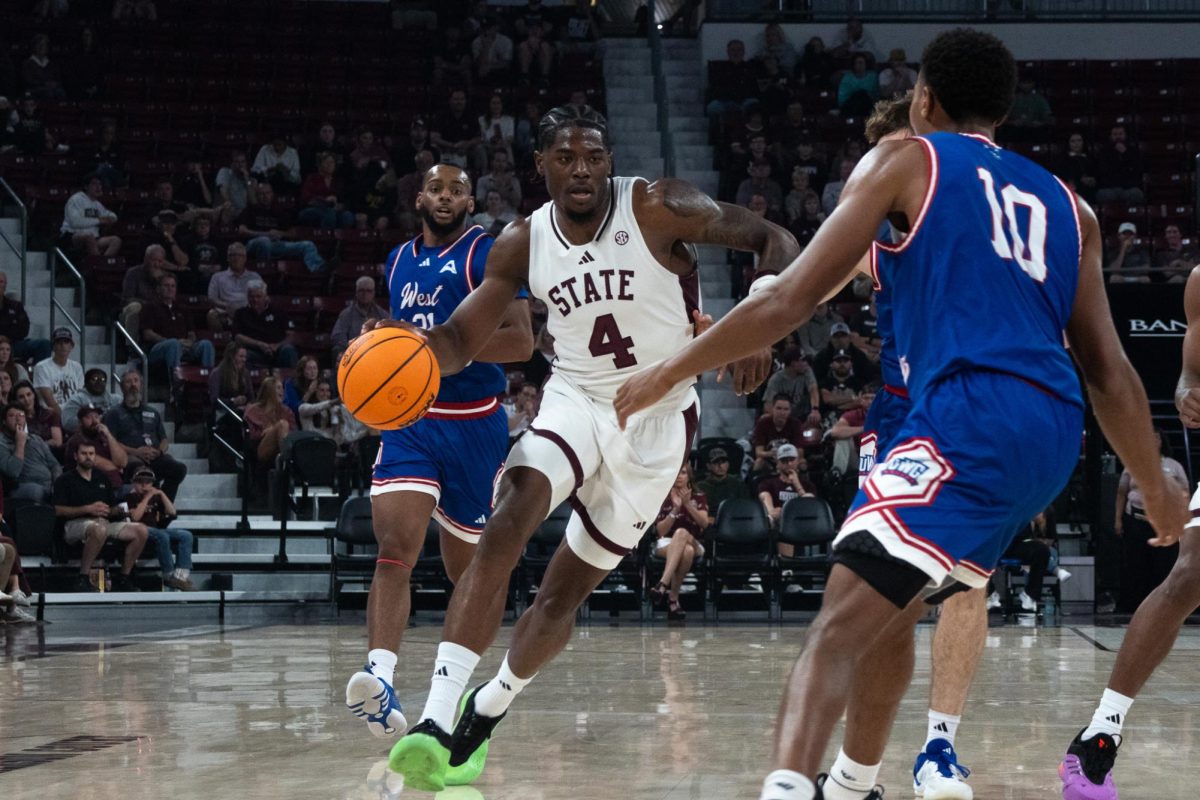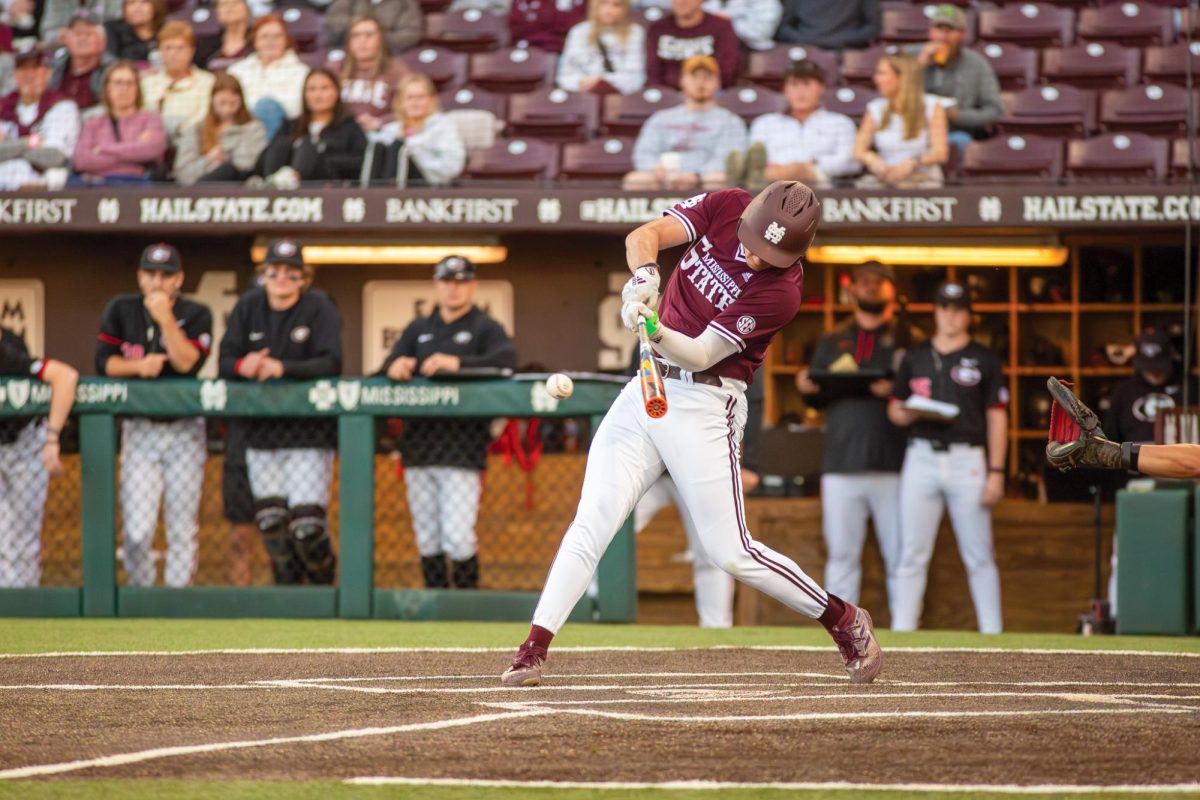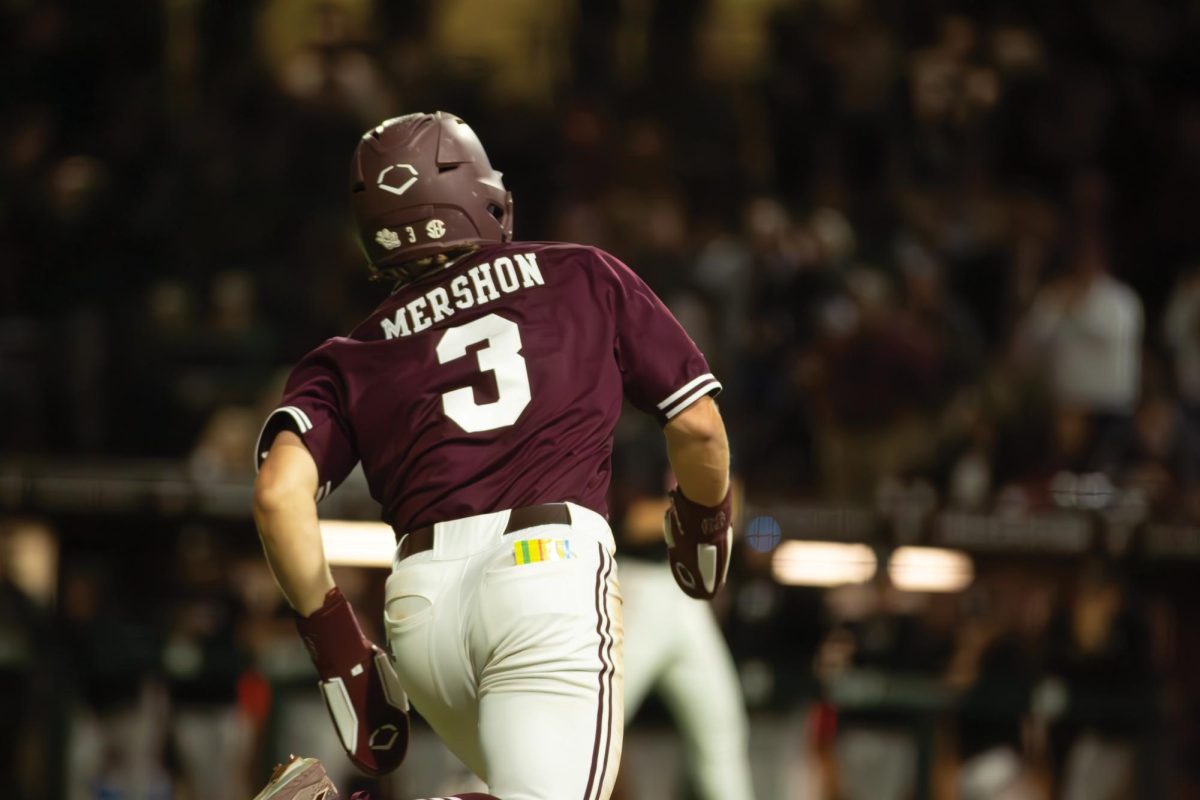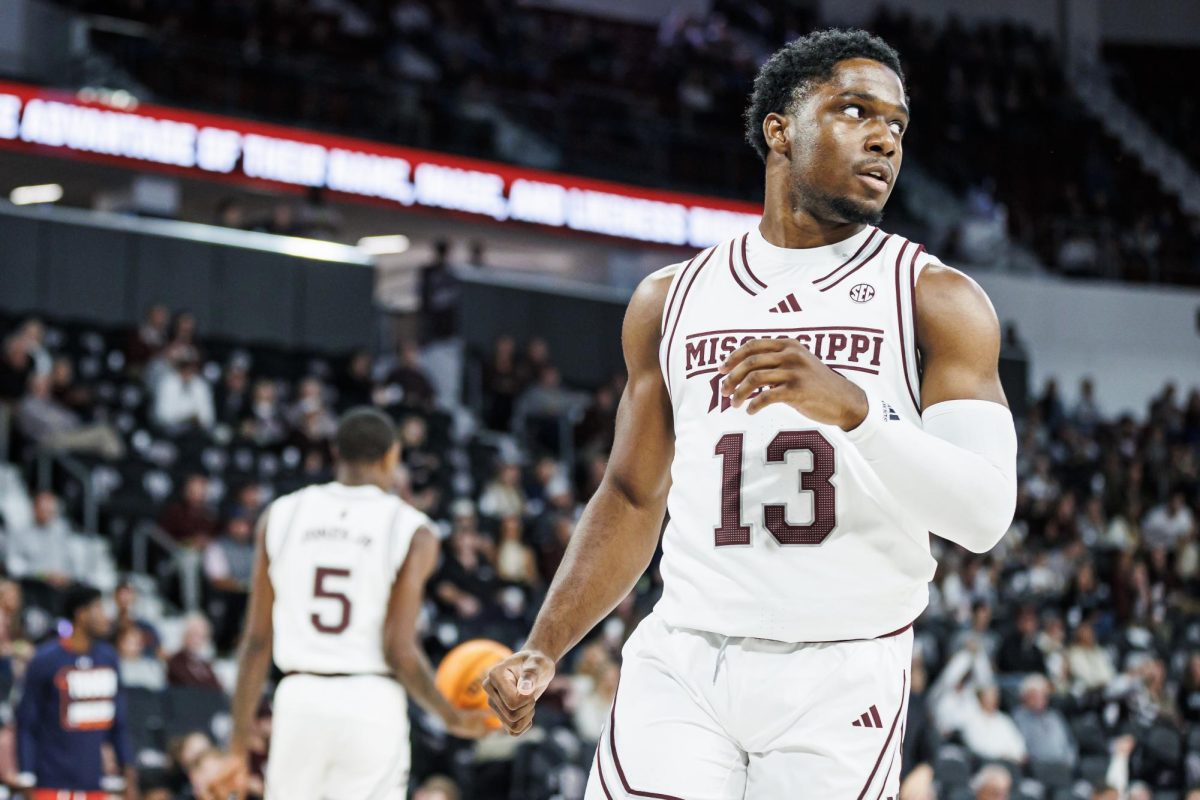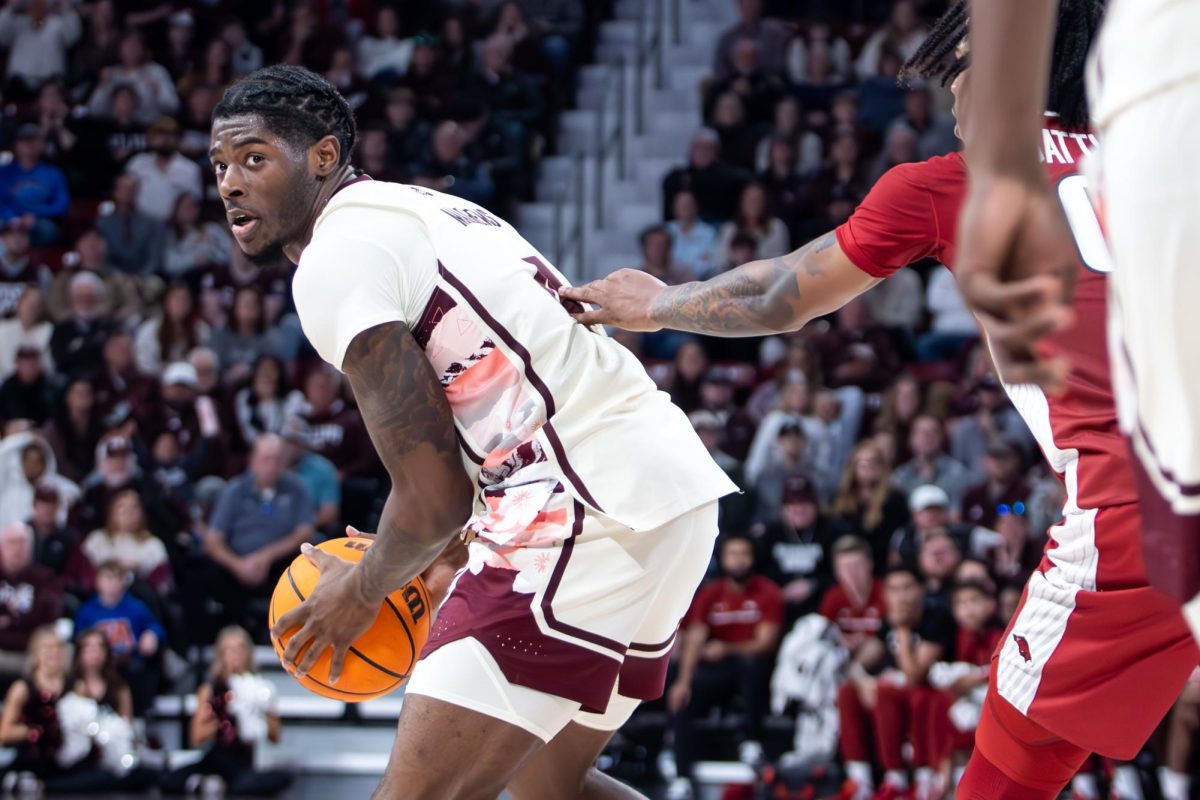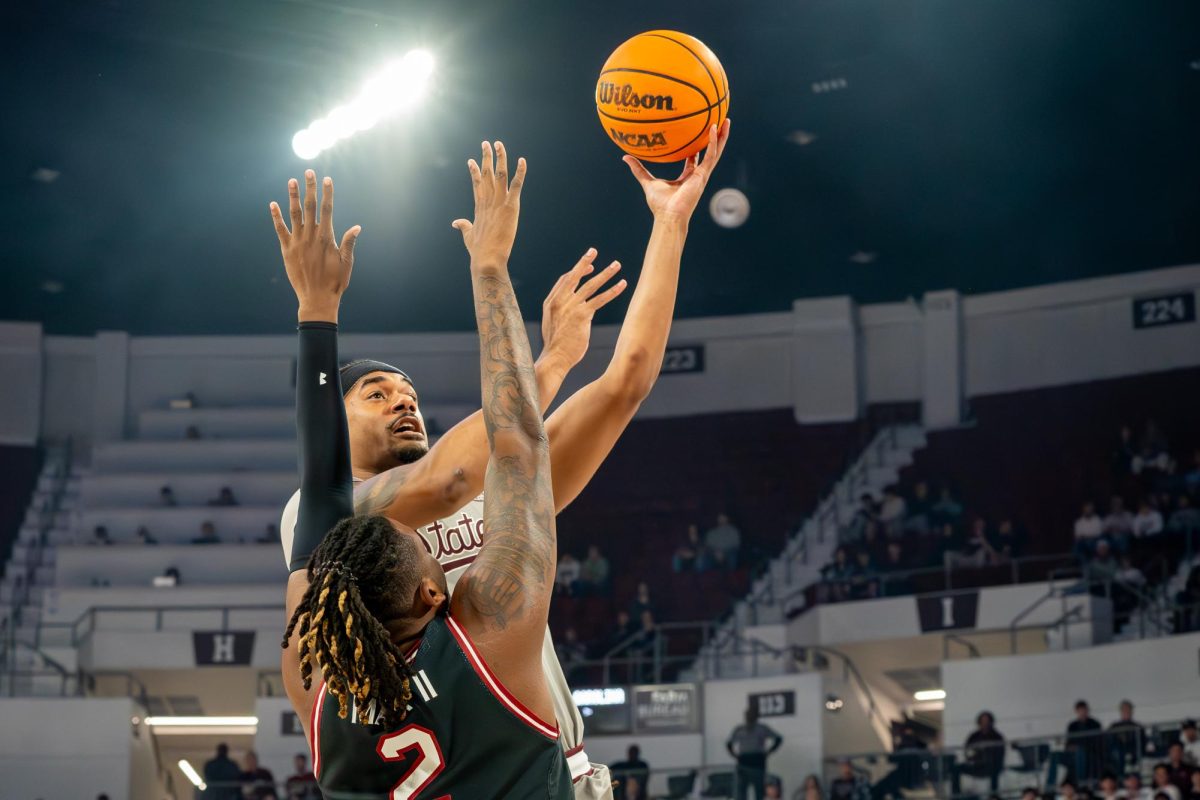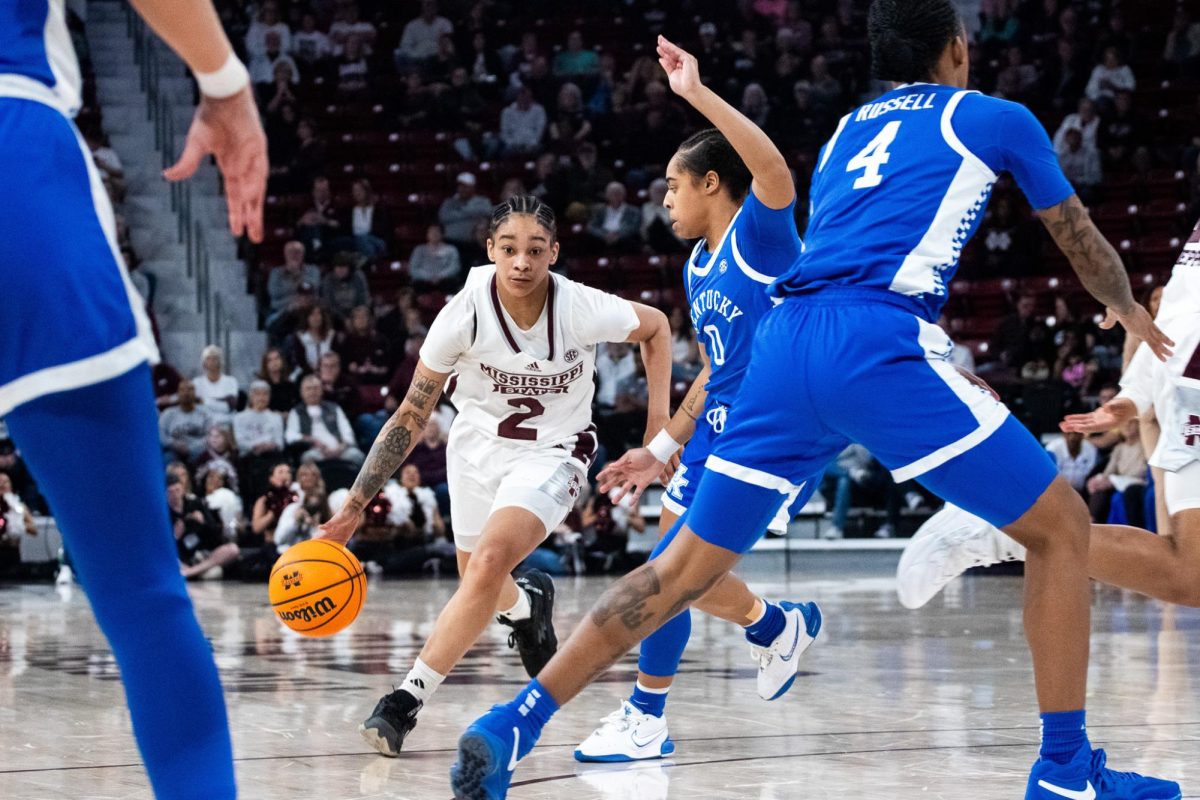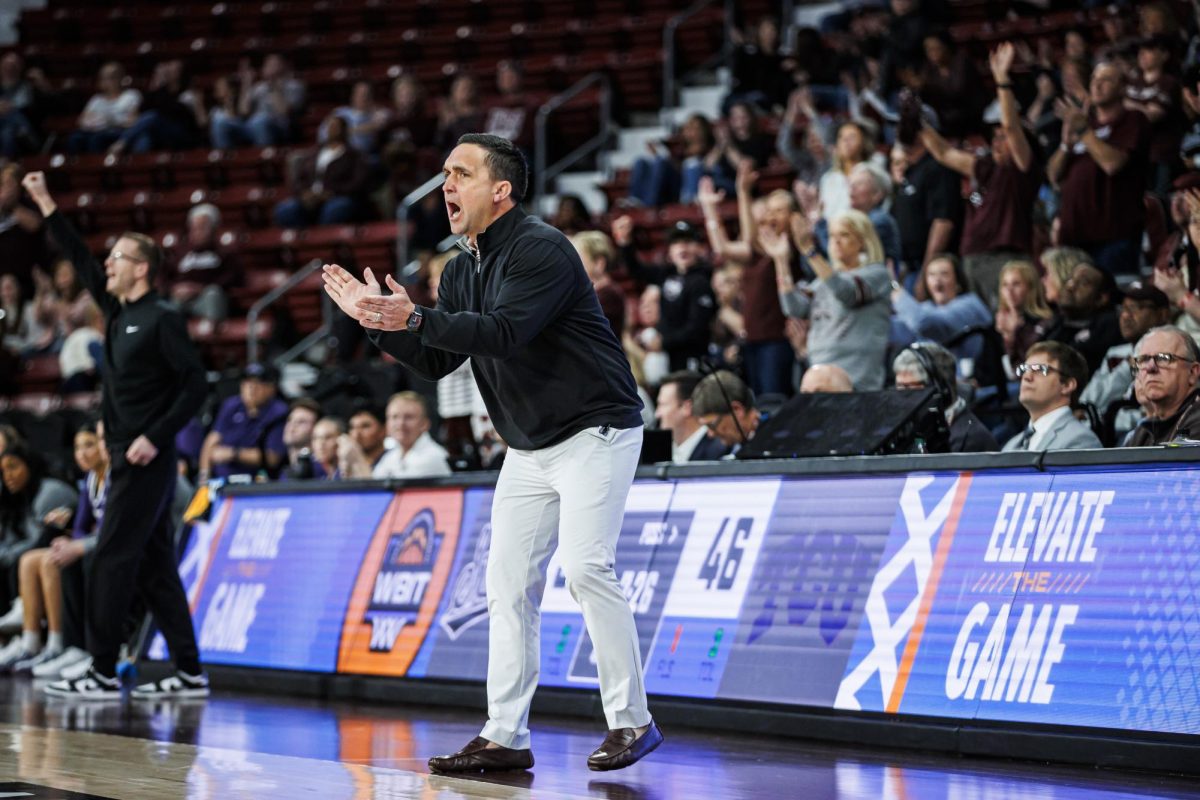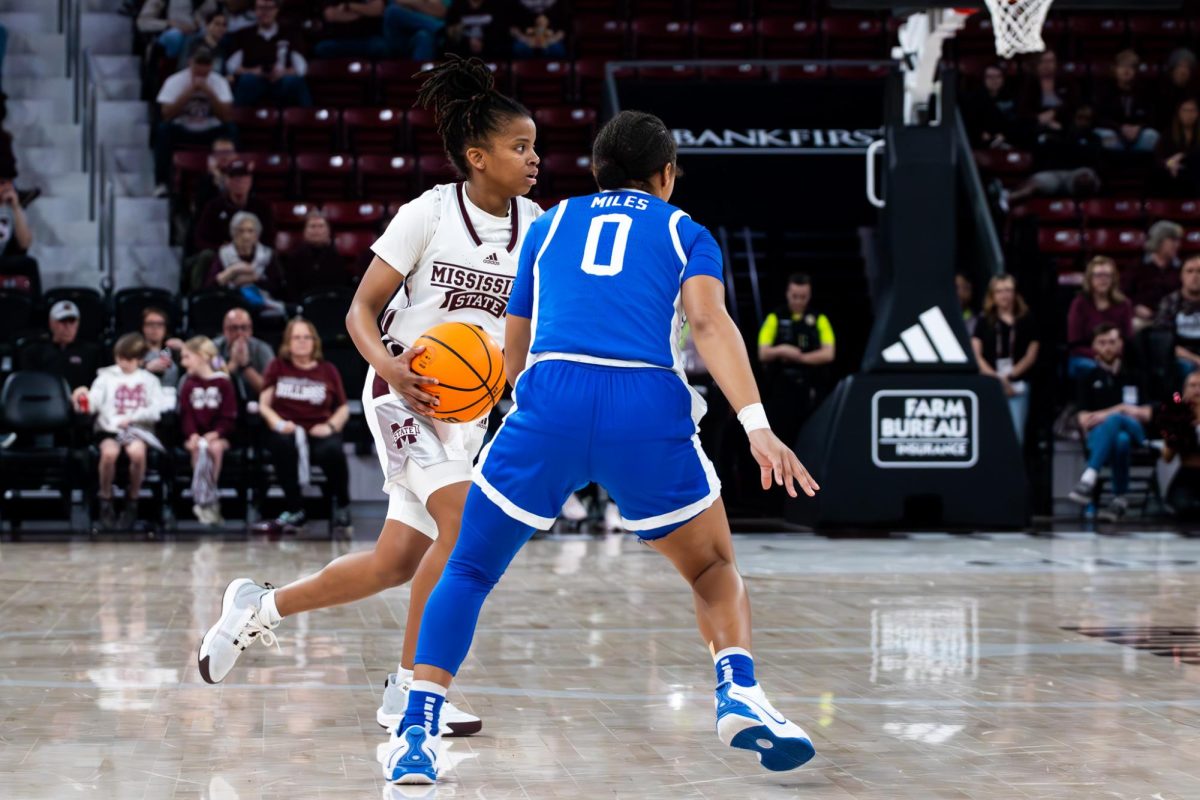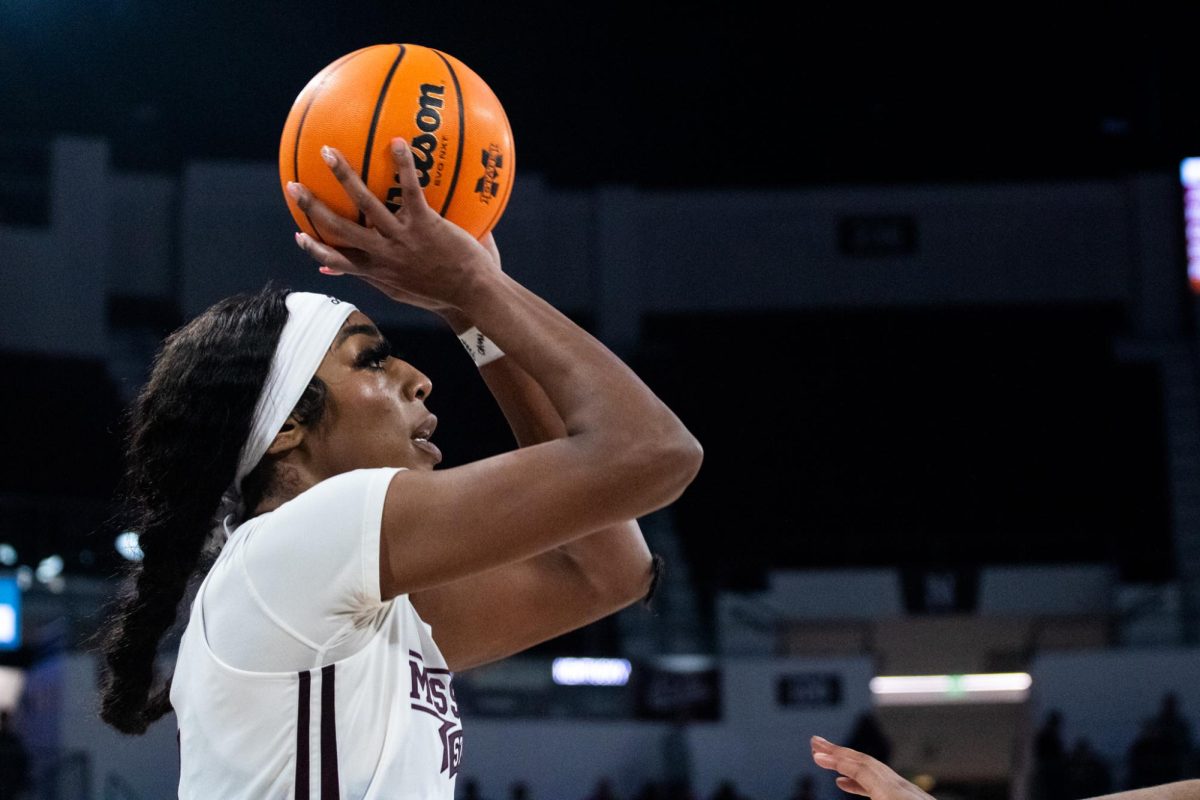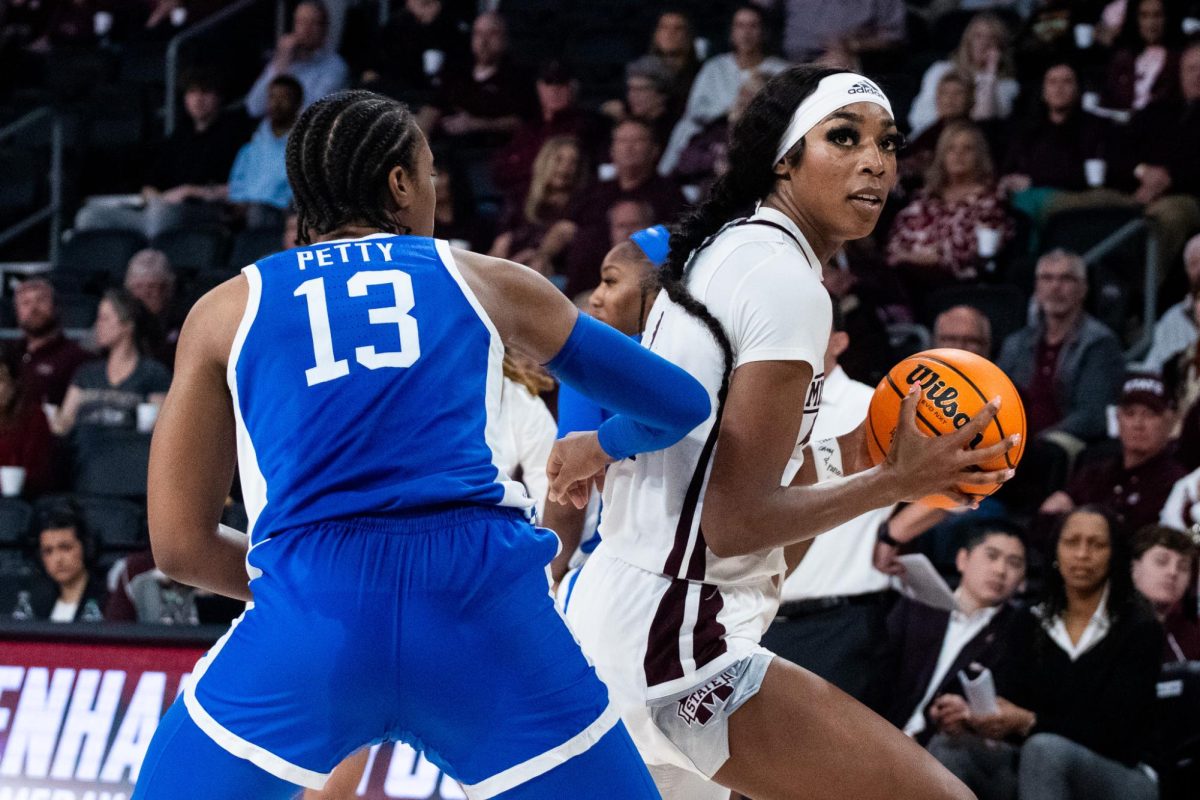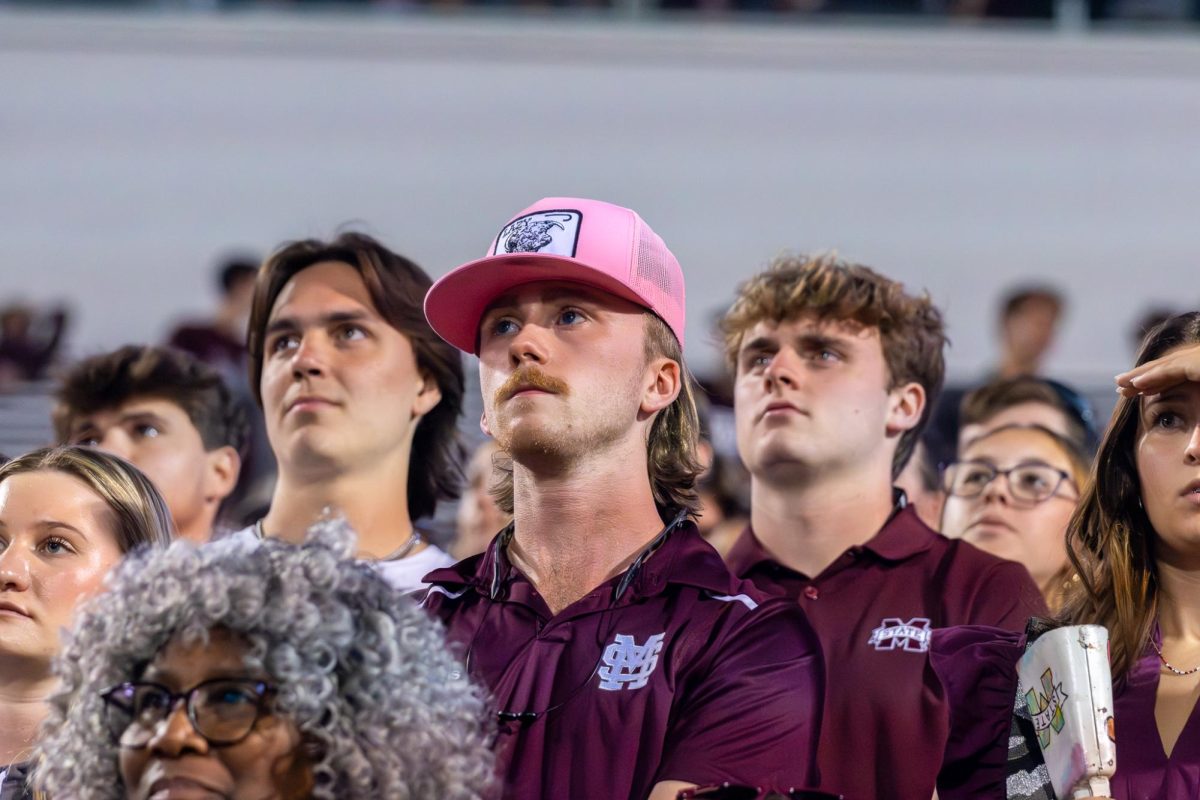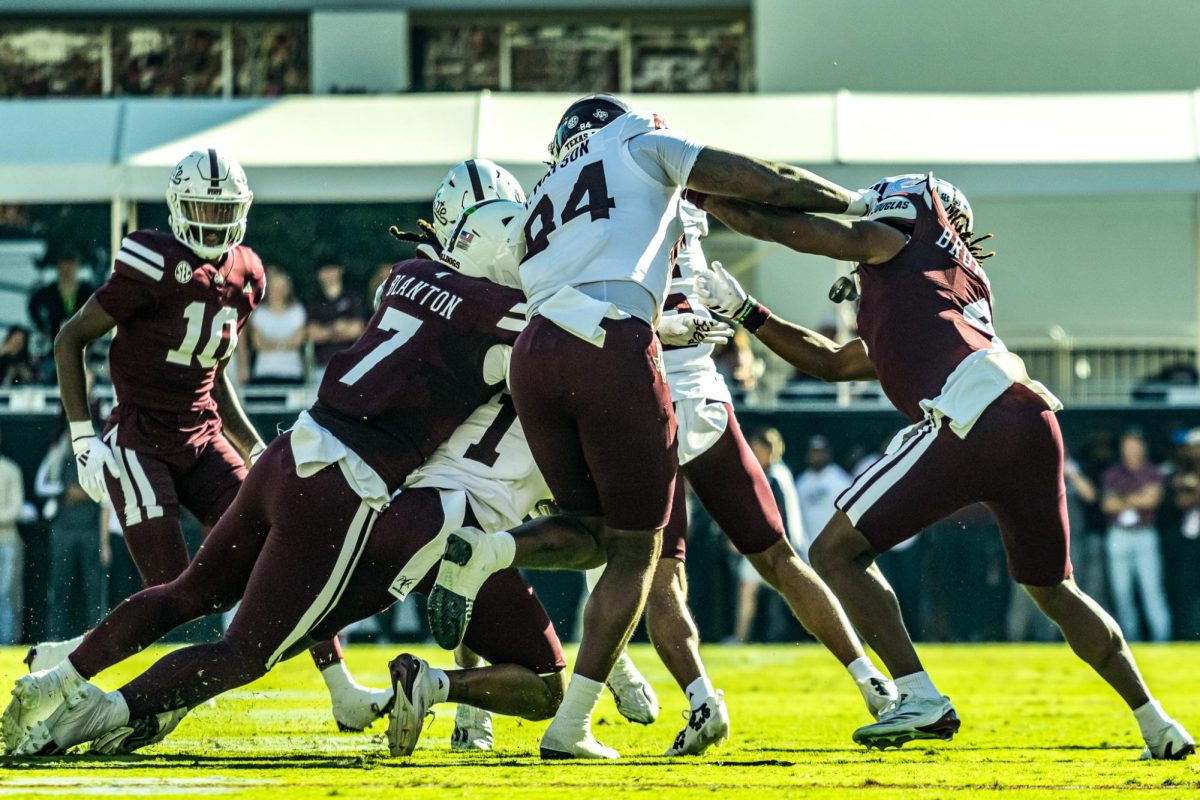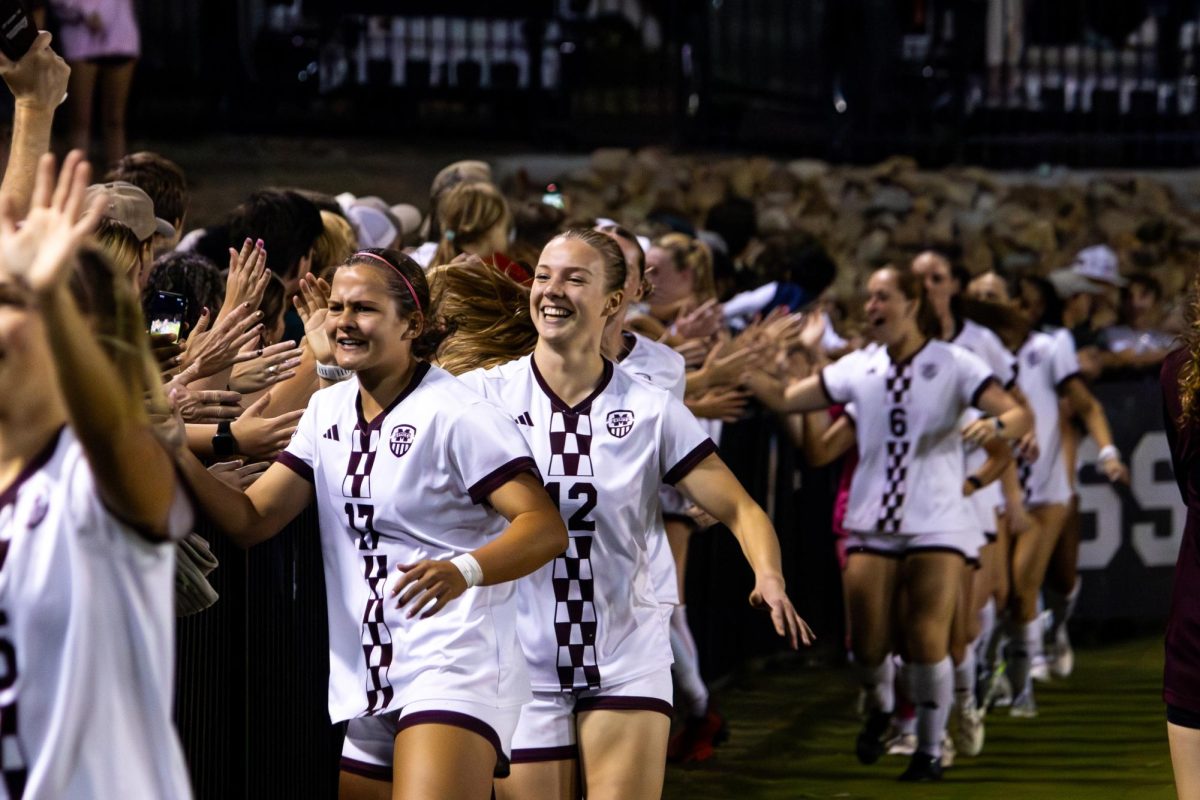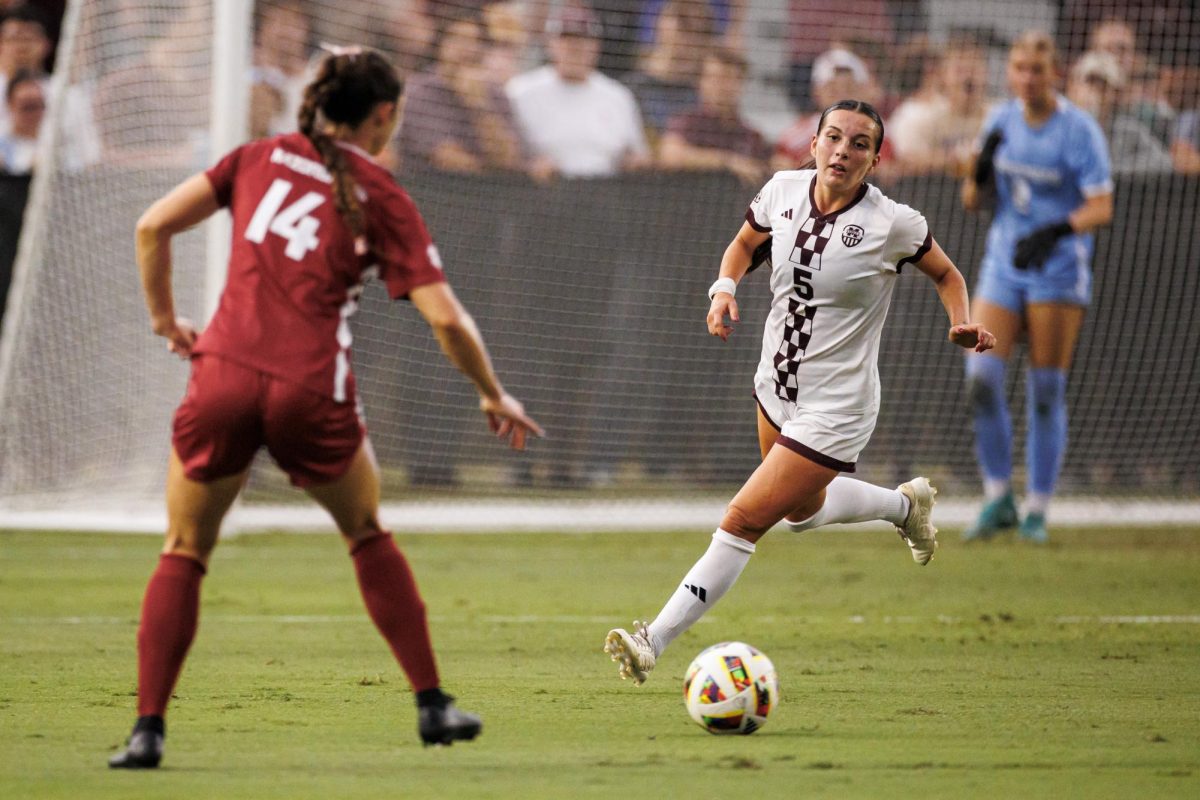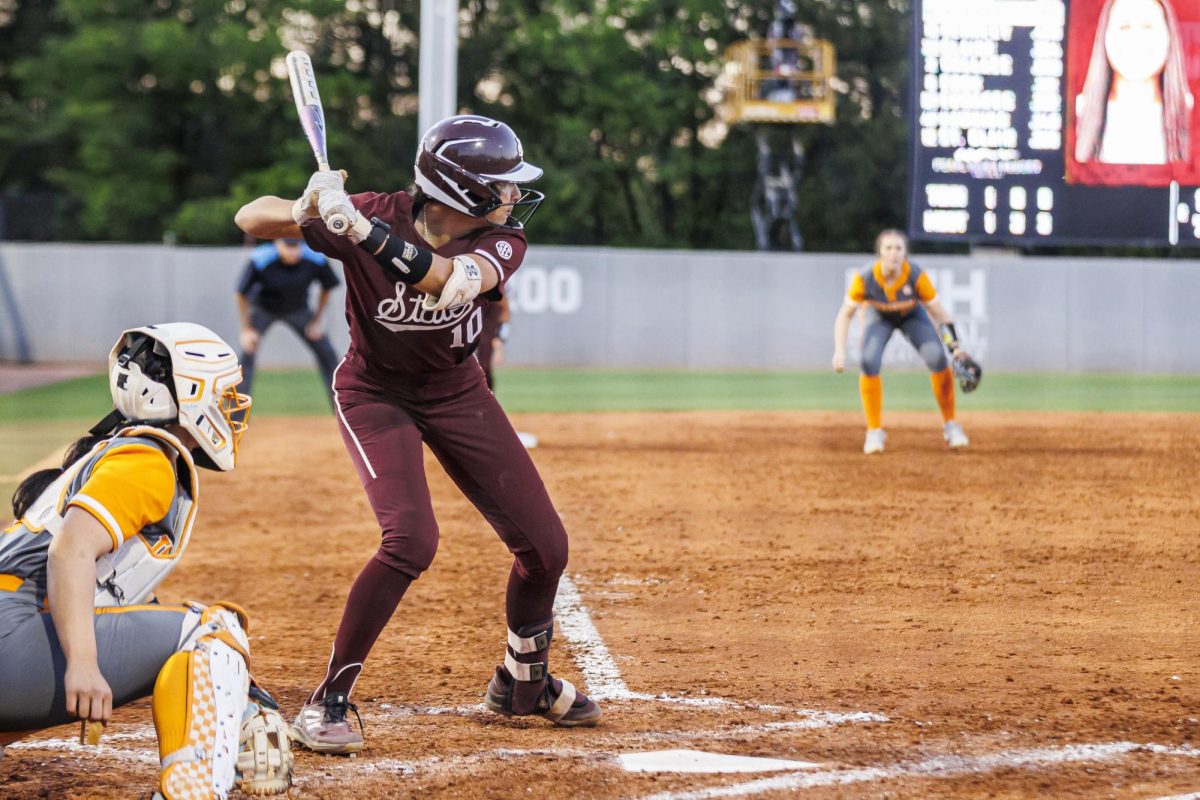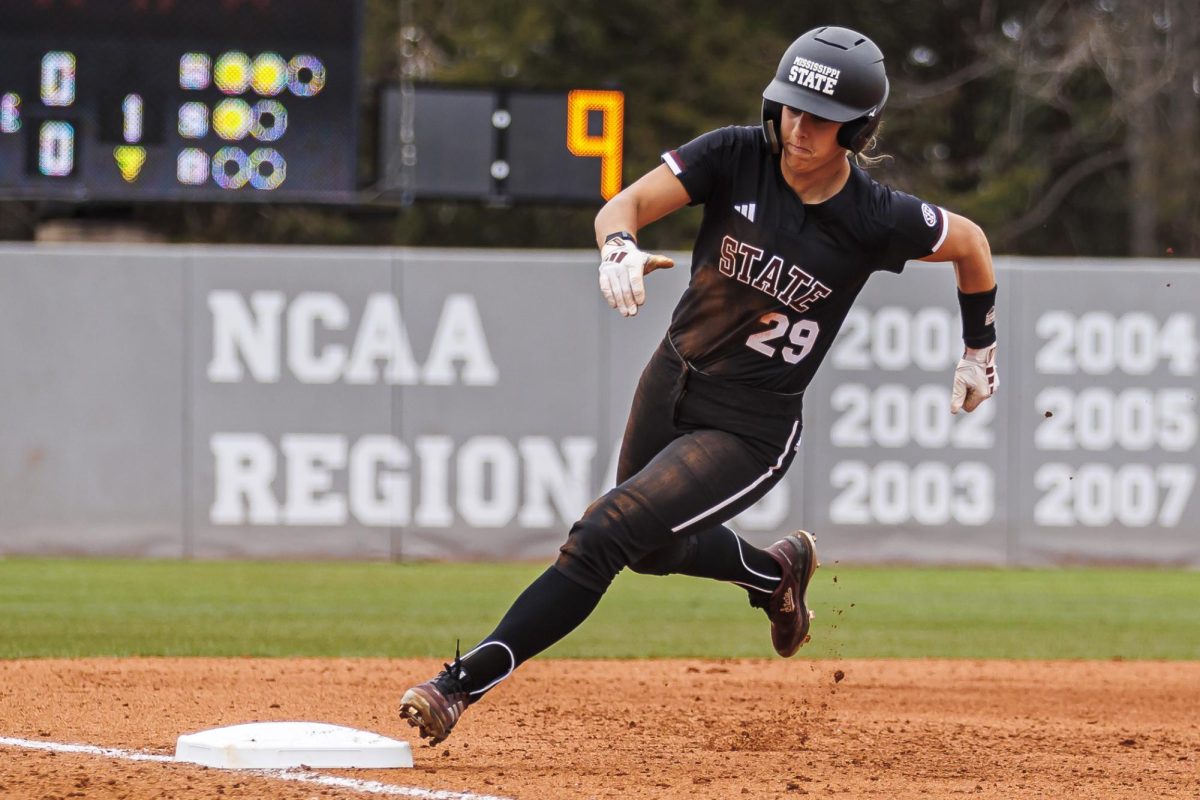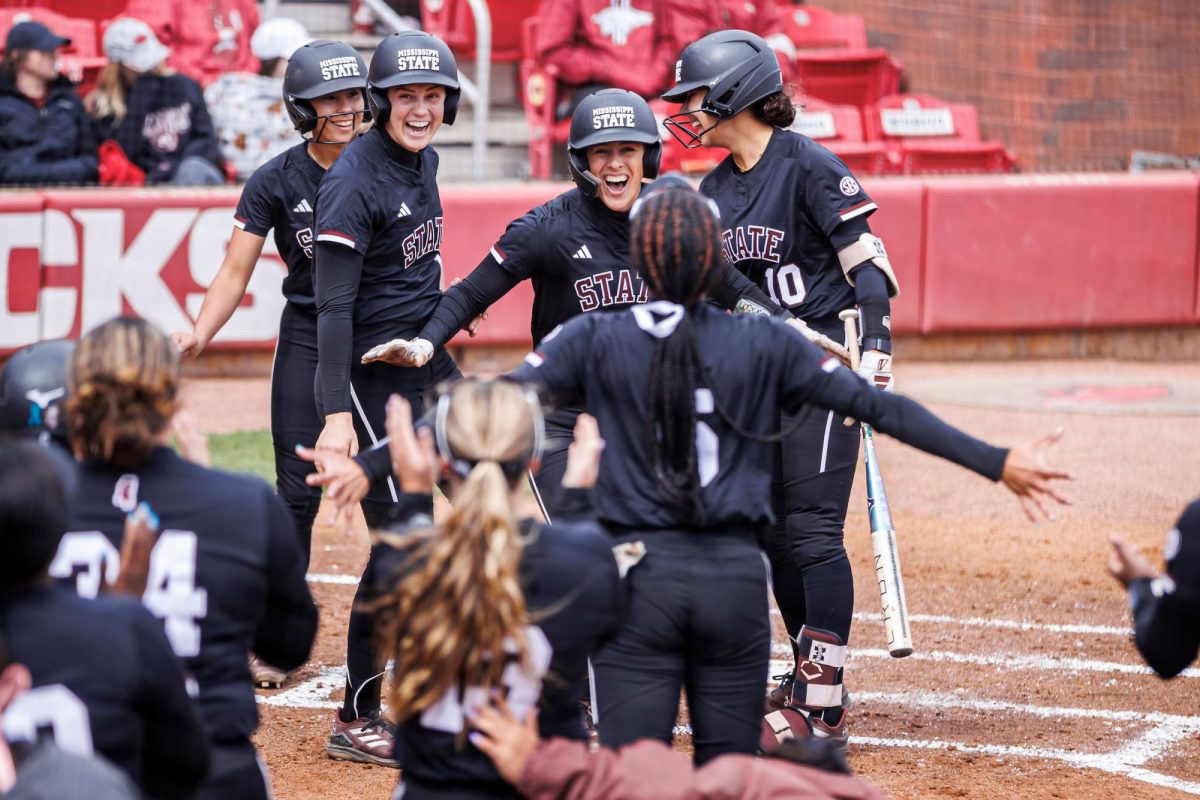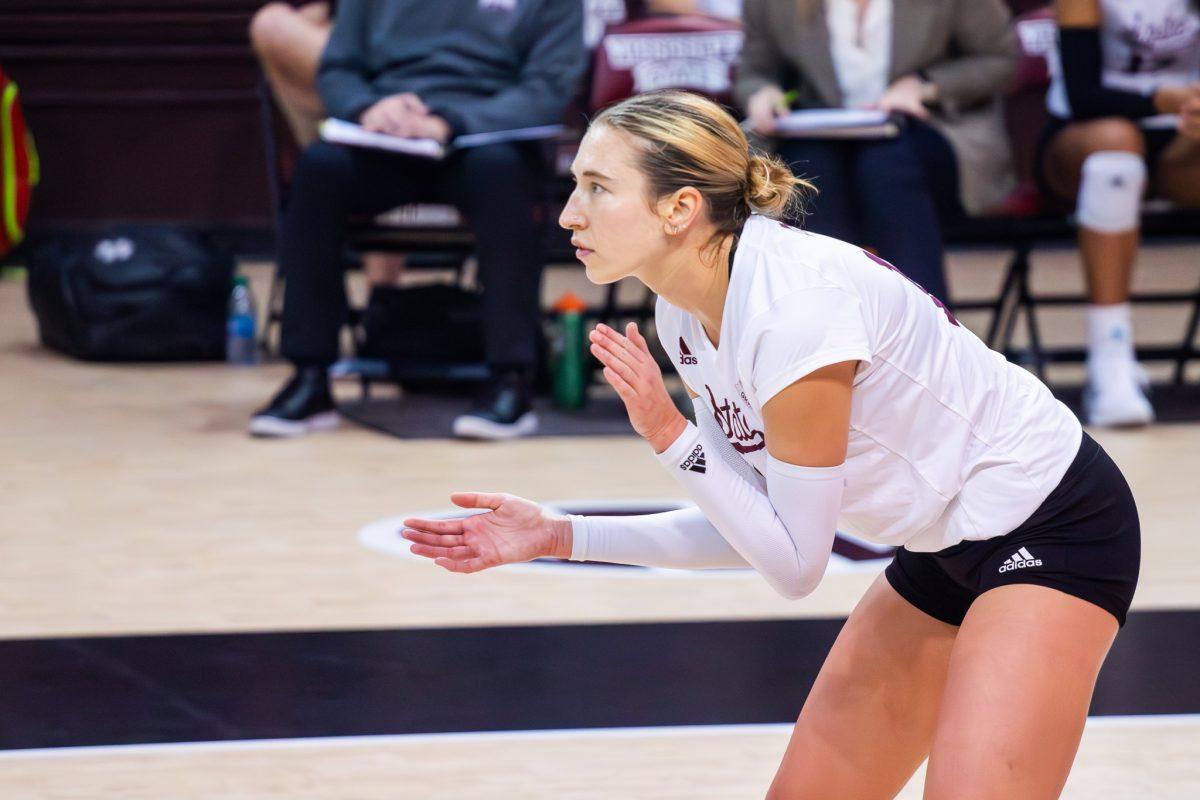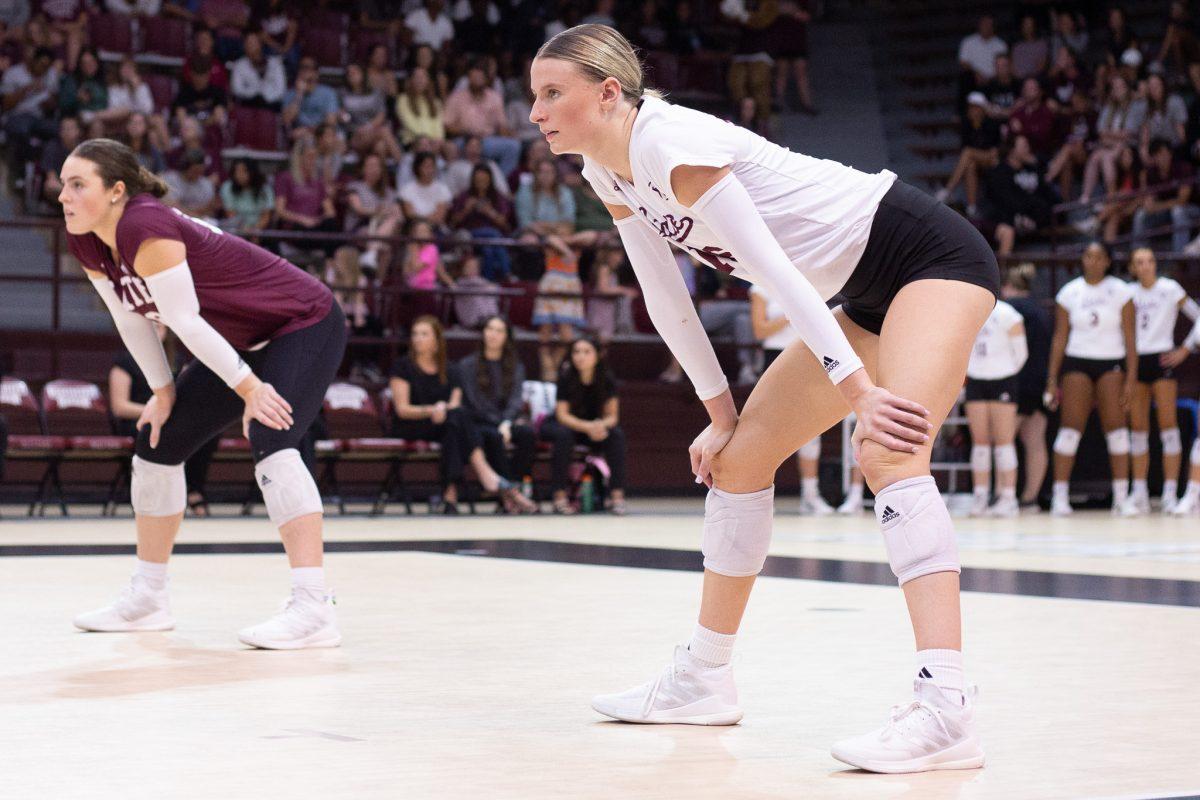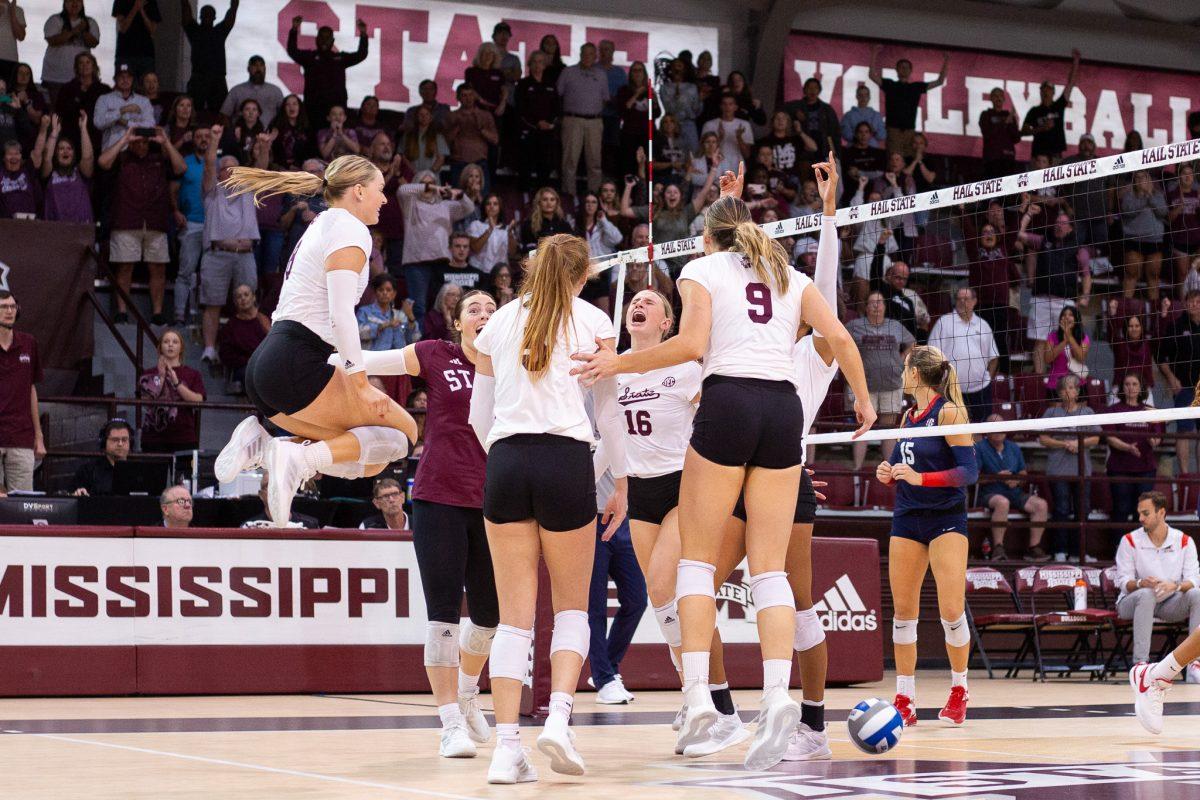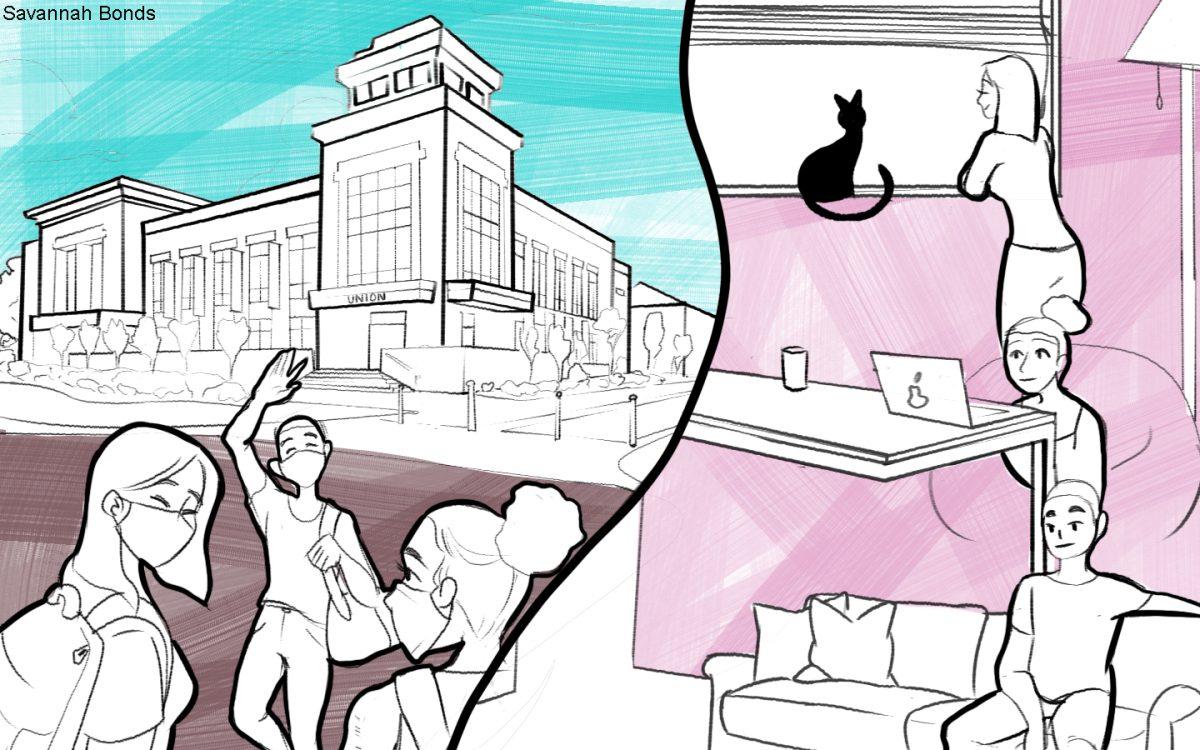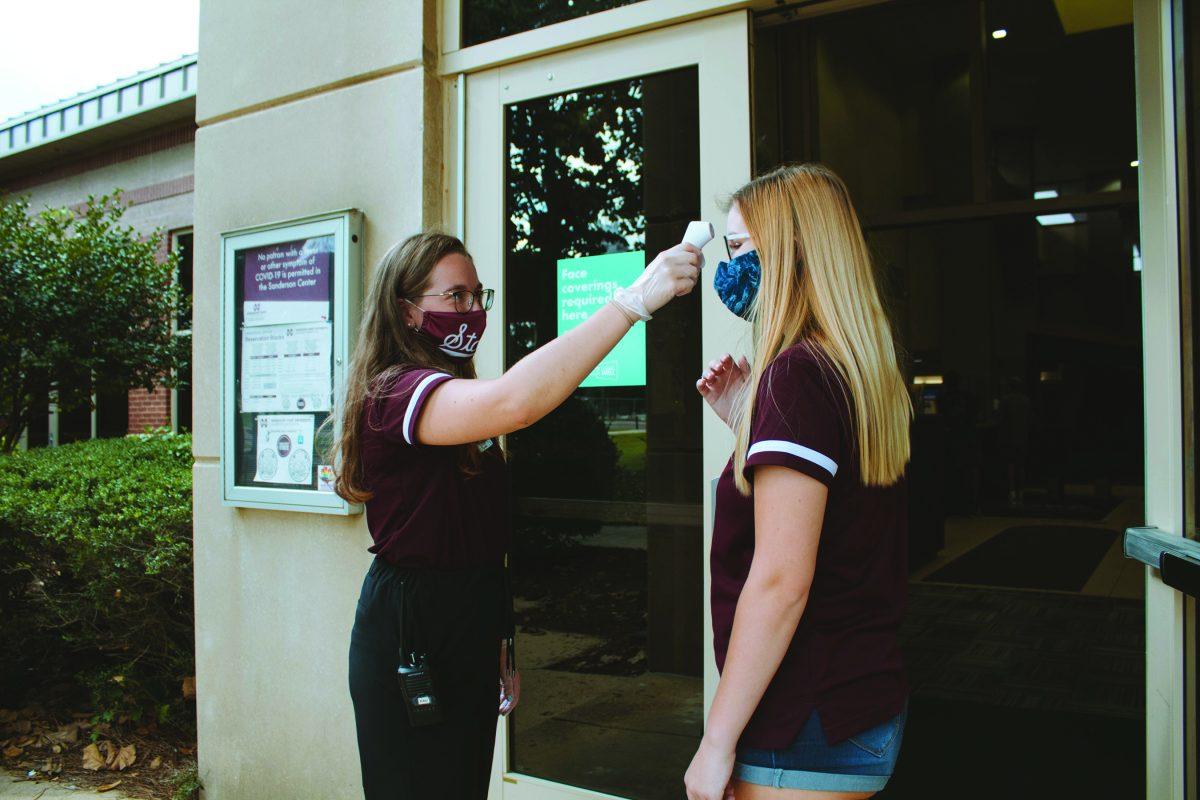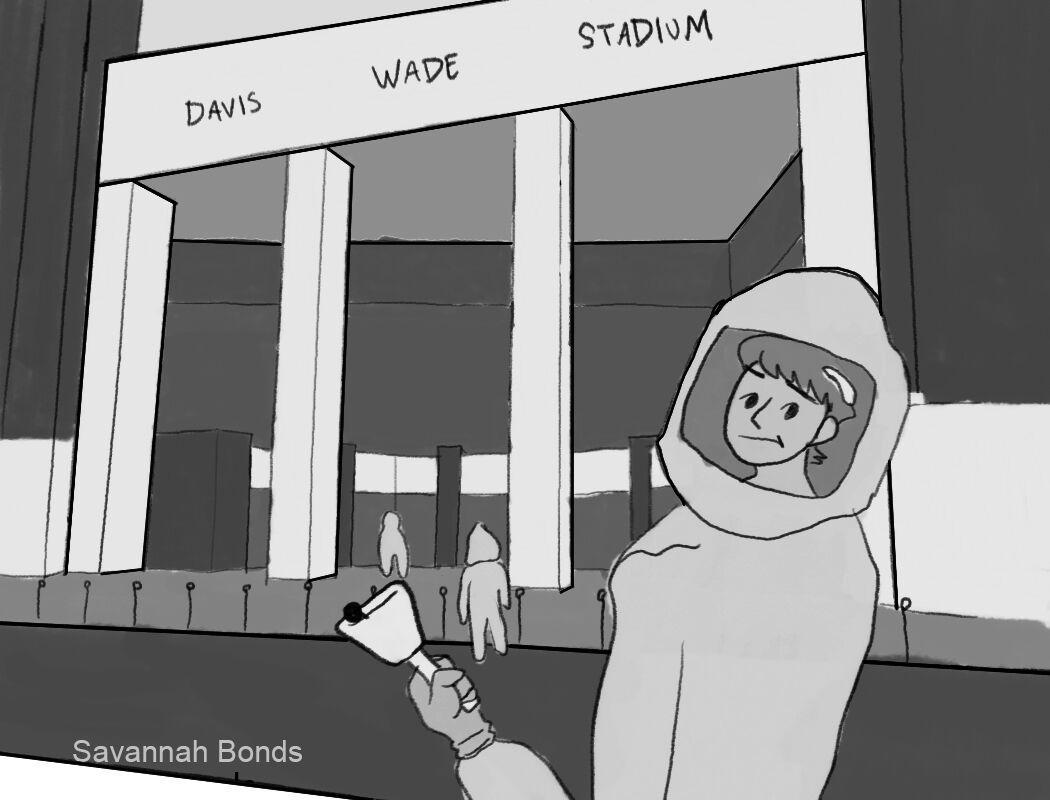With the arrival of COVID-19, many colleges and universities across the nation are finding newer and safer ways to resume class instruction. From completely online to other hybrid methods, these uncertain times have produced some unconventional methods of both learning and teaching for our students and professors nationwide.
For example, according to Morgan McFall-Johnsen of Business Insider, 60% of schools are conducting in-person classes, while others are implementing a hybrid method.The introduction of these new methods has proven beneficial for different learners and educators in various ways, and some may even hope these new methods will continue to be offered beyond the current pandemic. Although face-to-face is not the safest option right now, I argue it is still the best mode of learning because it provides a hands-on, in-person experience which encourages both dialogue and discussion, and it is simply the least difficult to manage.
The hands-on and in-person experience students and professors gain from face-to-face instruction is simply unbeatable. With face-to-face classes, students can speak directly with their educators and have all the visual aids needed to fully grasp the material they are learning.
This direct communication and visual aid is imperative. According to Molly St. Louis of Inc., over 65% of the population are visual learners, meaning they learn best from their instructors when they have visual aids to help them such as chalkboards, hands-on experiments and physical assignments and labs. Also, classes which require physical work such as art, architecture and laboratories are almost impossible to successfully complete online.
In-person instruction also best encourages discussion and dialogue within the classroom. This face-to-face engagement is a very beneficial way for students to effectively learn and fully grasp their material while also being able to share different ideas and strategies among their classmates.
This class discussion is likely a main reason why professors prefer face-to-face classes even more than students; they get to facilitate healthy classroom discussion which ensures their lessons are delivered as efficiently as possible.
As reported by Rebecca Koenig from EdSurge, studies show 70% of student respondents and 73% of surveyed professors preferred face-to-face learning environments. Overall, these numbers indicate the majority of students and professors are more partial to in-class instruction than any other instruction method.
Lastly, the technological requirements which come with online classes make face-to-face classes easier to work with for both students and professors. Not every student has easy and affordable access to both a computer and internet access every day. Also, technological difficulties can always unexpectedly arise and prevent instruction.
Additionally, online classes tend to be too expensive for some students with universities charging distance learning fees as well as some scholarships and other forms of financial aid refusing to offer full coverage for online classes. While online classes may be more flexible with deadlines, face-to-face classes are easier to keep up with as you get reminders for assignments two to three times a week by attending class.
As someone who has taken both modes of classes over the years, I definitely feel as though face-to-face classes are the most informative and beneficial option. Though I usually perform much better in my in-person classes, everyone learns differently and has to find the option which best suits them and their schedules.

